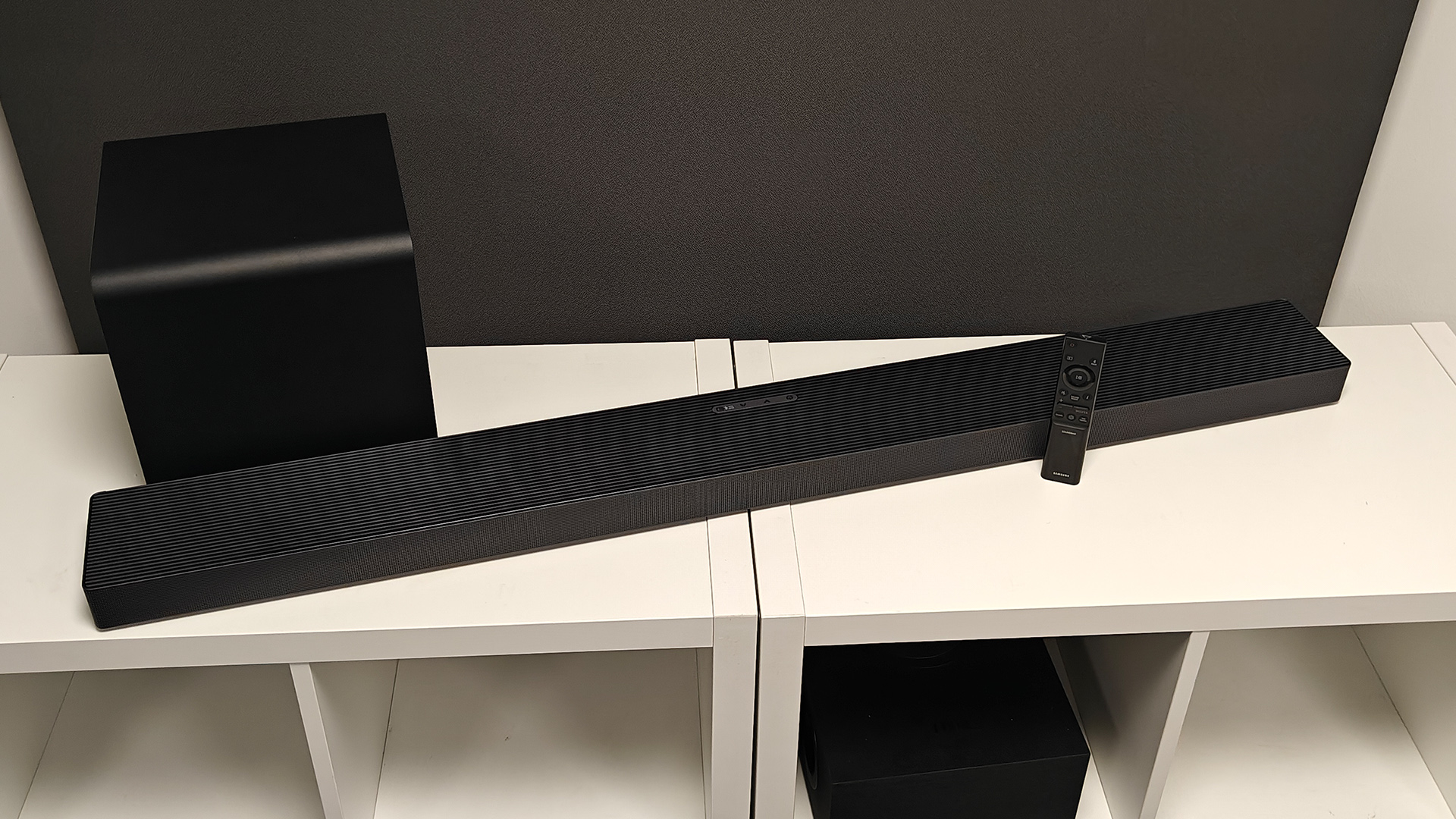Best LG TVs 2025: 4 top sets tried, tested and recommended by our experts
Impressive LG TVs to suit all tastes and budgets
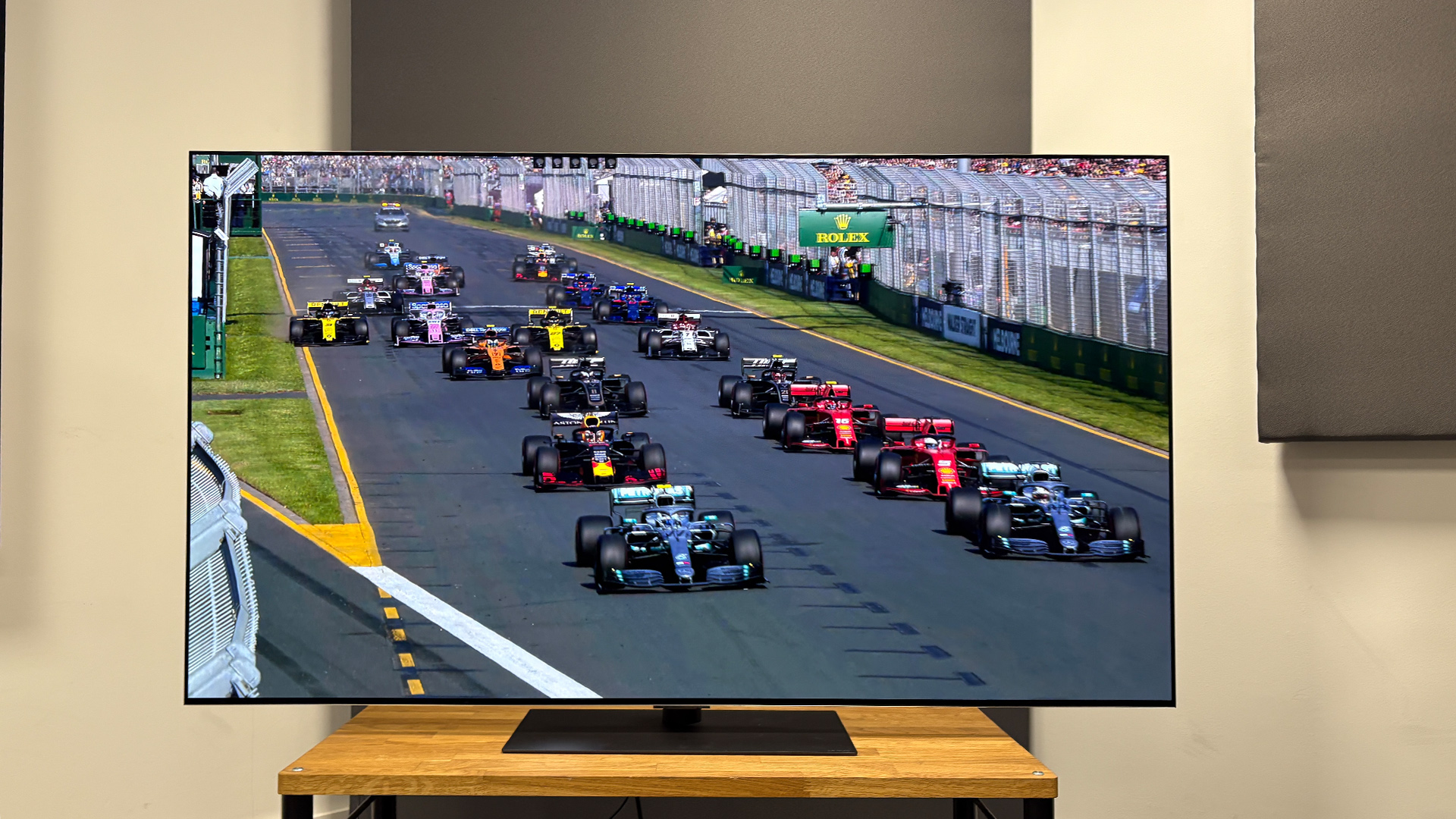
If you are looking for a TV to upgrade your home cinema, you will almost certainly have come across LG as one of the big players in the game. After all, it has been known as the number one OLED TV brand for over a decade.
While LG's OLED offerings are fairly straightforward, it can be a tricky process to decide which one is right for you. It's particularly hard to choose as LG consistently slaps discounts on its various models. So how do you know which one suits your needs?
Lucky for you, we have reviewed every LG TV we can get our hands on in our dedicated test room.
On this list, you'll find the best TVs from LG's C and G lines from this year and 2024, which should help to make your LG TV purchasing journey a little bit easier.
We've also included some information about how we test LG TVs and each entry includes a link to our full review for each model. So, without further ado, here are the best LG TVs.
- Shop today's best TV deals
26th September 2025: updated entries to reflect current market. 5th June 2025: moved the C5 into the also consider section with the OLED48C4. OLED65G5 joins the list as the best 2025 TV. 13th March 2025: new intro, grid and entries written to reflect the arrival of LG’s latest OLEDs and our findings reviewing the LG C5.

I'm What Hi-Fi?'s TV & AV Editor, and I've been testing TVs (and AV and hi-fi kit) for over 17 years. In recent years, it's LG's OLEDs that I've recommended most often to people who are looking for a premium TV, thanks to their awesome combination of performance, features and price. C series models (such as the C3 and C4) tend to be the best in this regard, but don't ignore the brighter and more stylish G series models or the value-oriented B series.
Best LG TV overall
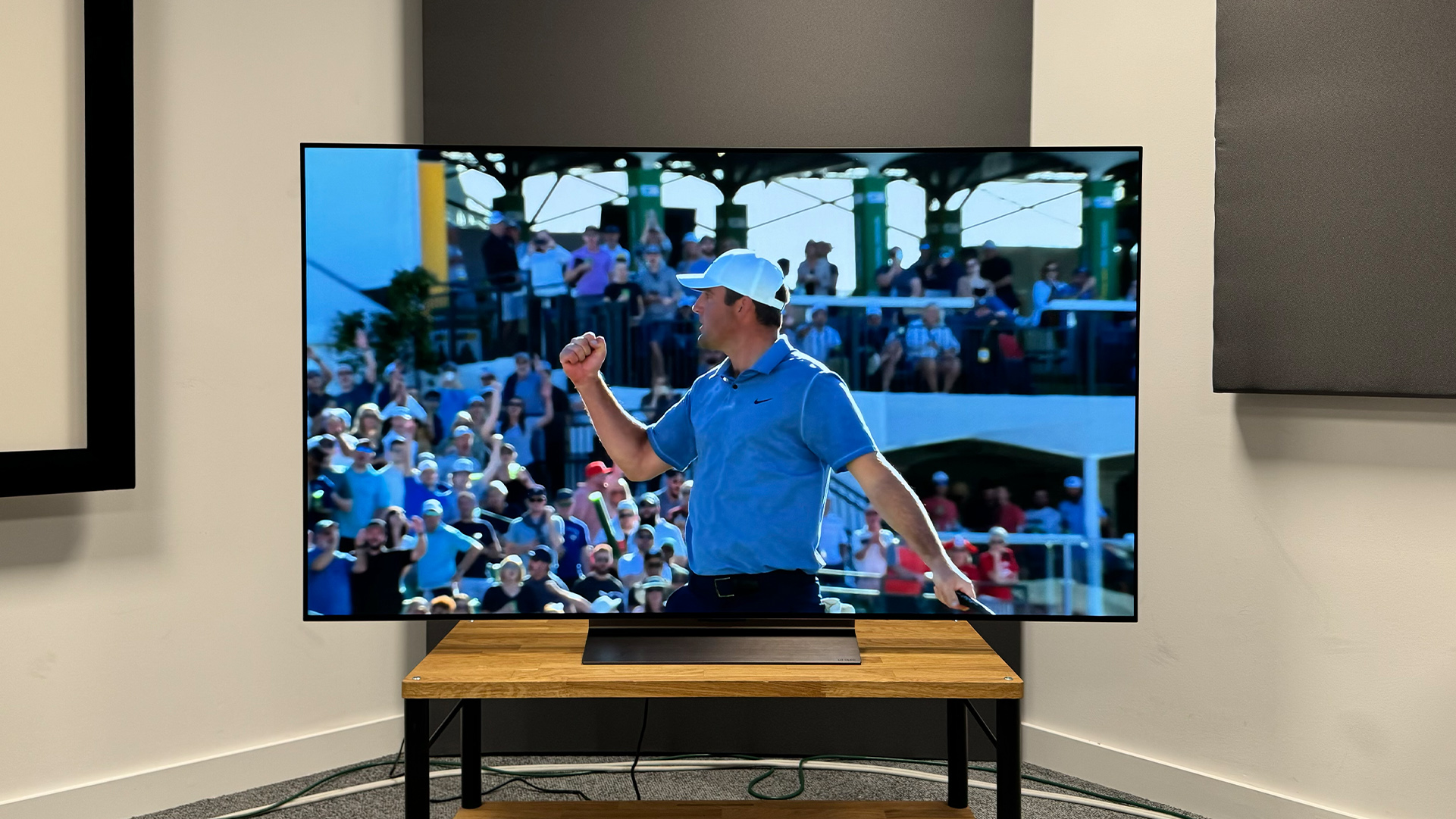

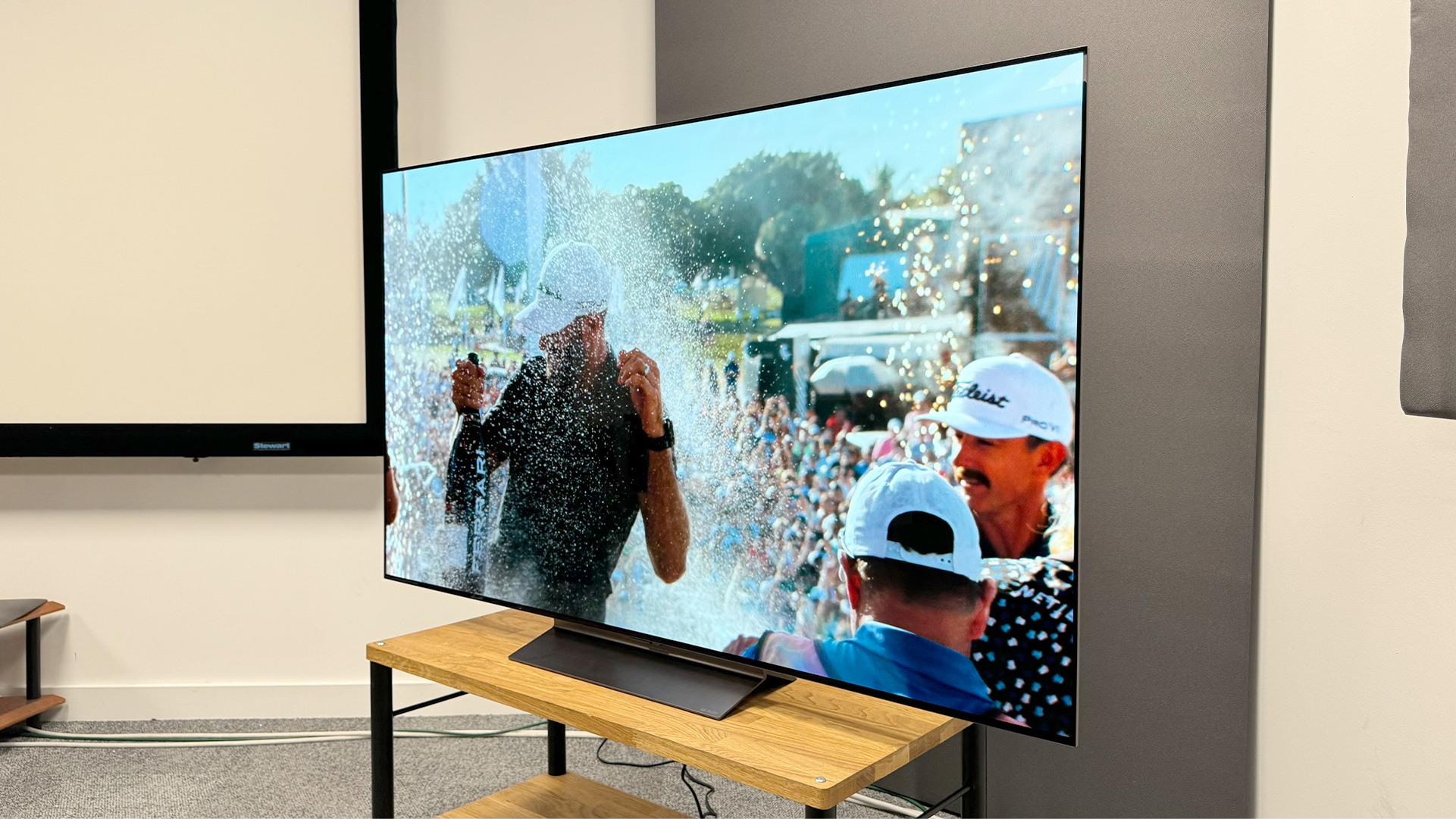
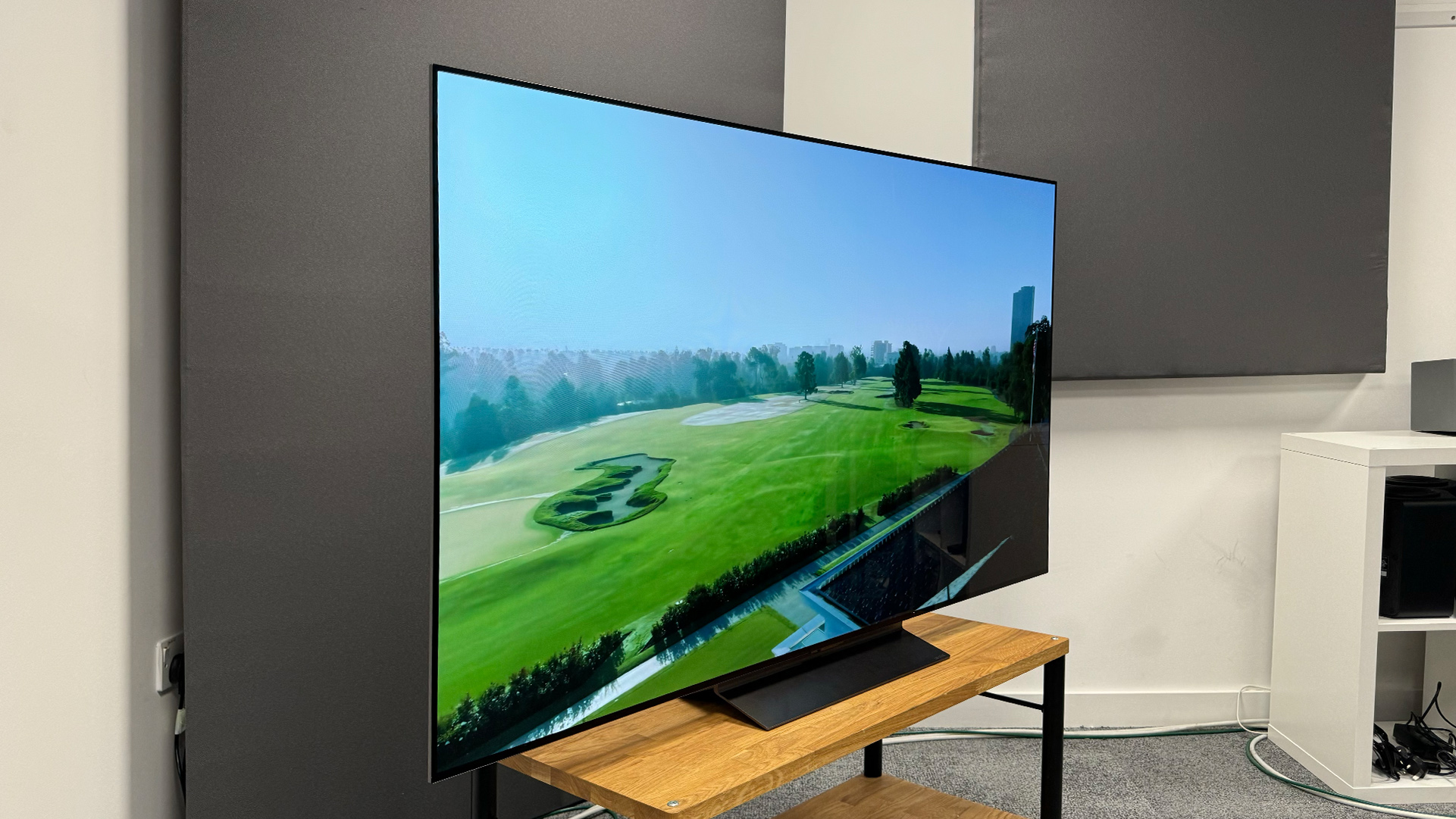
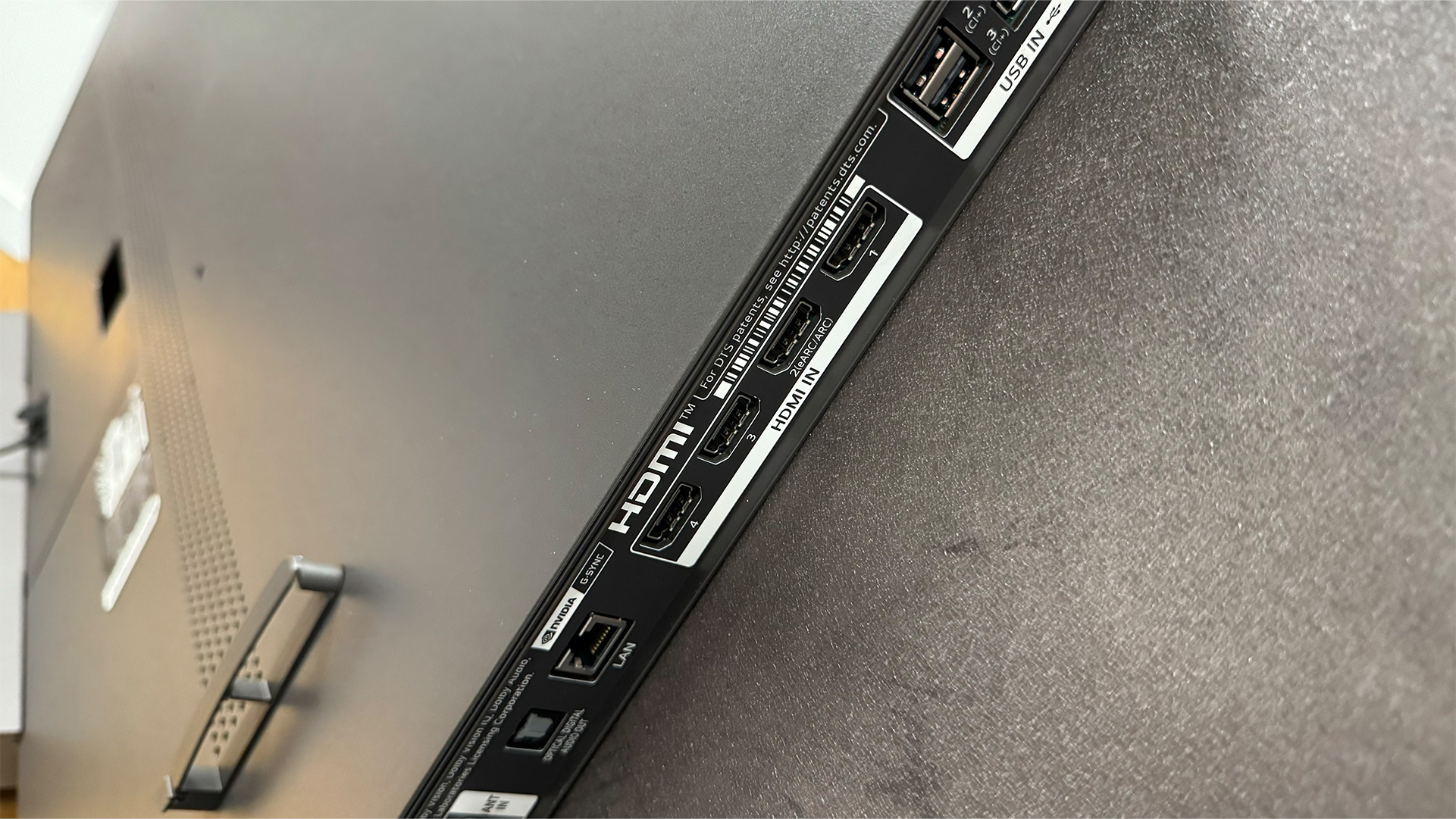
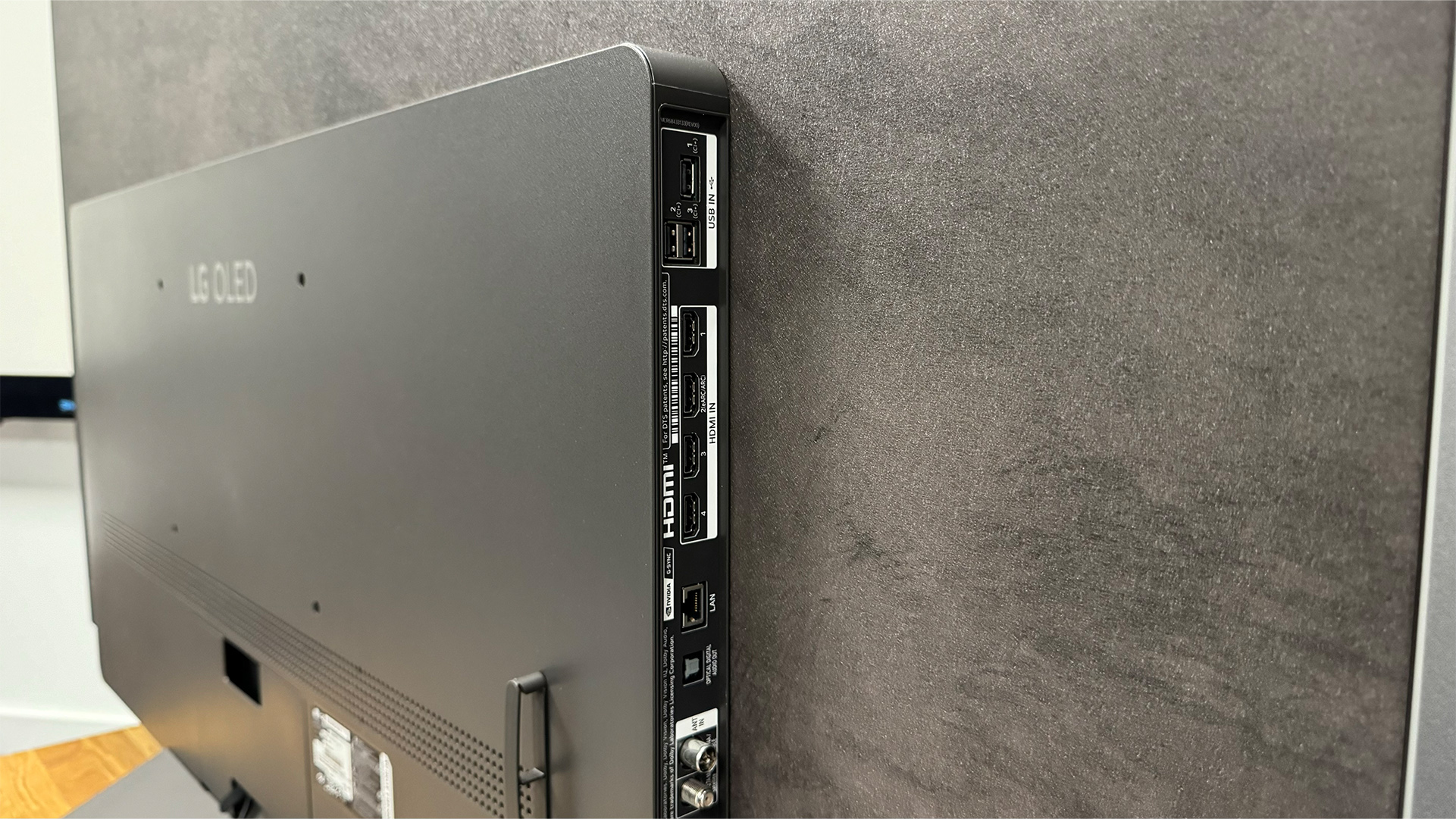
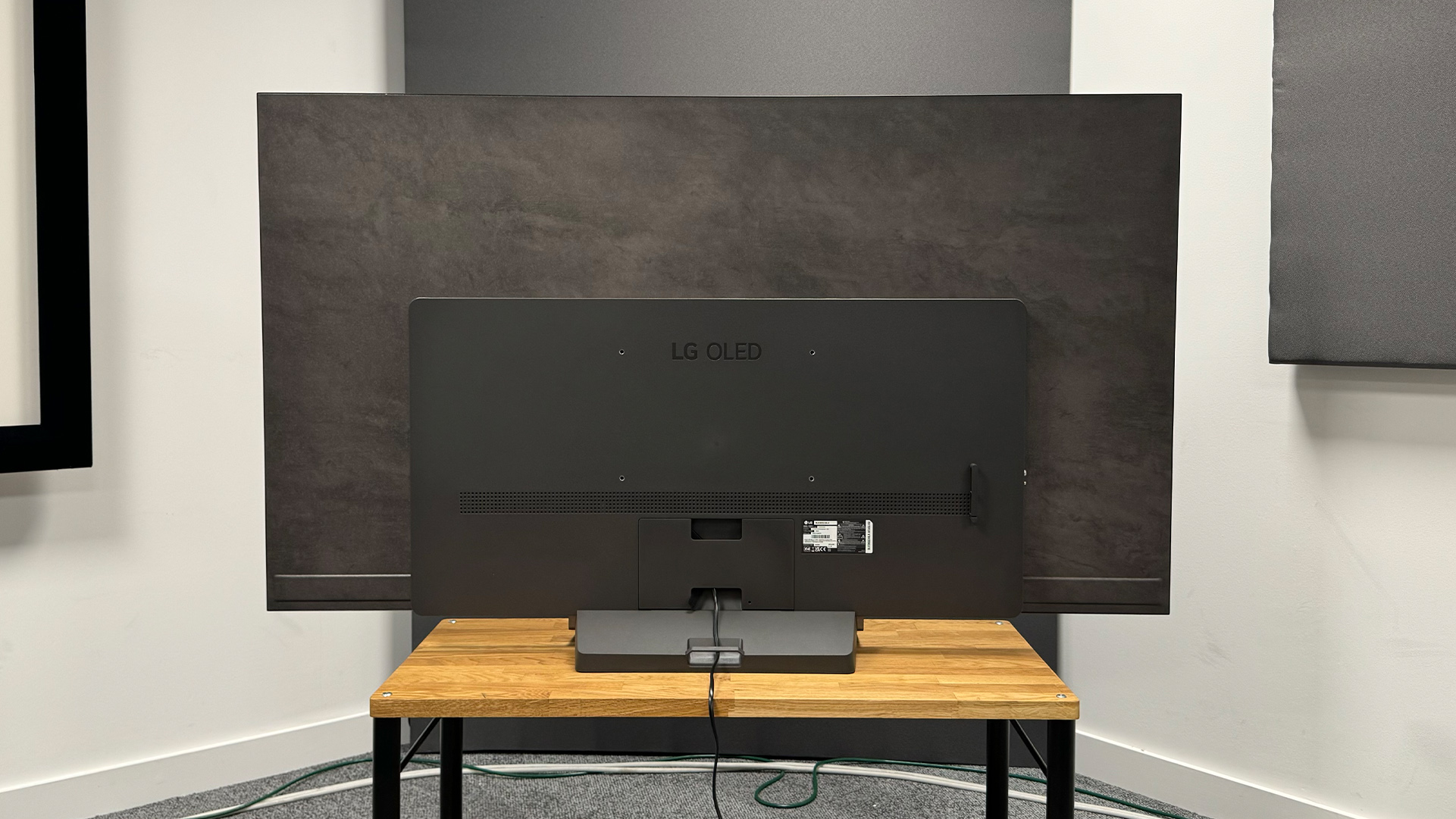
Specifications
Reasons to buy
Reasons to avoid
The LG C4 is the TV we recommend to most people, with the 65-inch LG C4, 48-inch LG C4 and 42-inch LG C4 we reviewed last year all earning perfect five-star ratings.
Why do we still recommend it when the newer LG C5 is out and is also a five-star product based on our testing?
Because the LG C4 is significantly cheaper right now and, based on our comparative testing, continues to be a top performer, particularly from our hallowed performance-per-pound / dollar metric.
Prices of the C4 have been dropping since Black Friday last year, meaning it’s not uncommon to see several hundred bucks knocked off at least one size option each week.
Performance-wise it also remains very close to new models and is more than good enough for most movie and sports fans.
Highlights include wonderful levels of contrast, accurate but punchy colours, solid shadow detail and competitive peak brightness levels.
Add to this is flawless gaming specifications, which will let multiple current generation consoles or PCs run at full speed, and robust connectivity, and it becomes an easy recommendation.
Hence we stand by our reviewers’ original LG C4 verdict:
“Big improvements to brightness and sharpness make for an image with lots of pop and dynamism, and the rich tone and vibrant colours are a delight – but LG has tempered all of this with realism, consistency and authenticity.”
The only word of warning we have is that audio performance, particularly on smaller sizes is middling, so you will want to budget for a soundbar or speaker package if you want the best results.
Read the full LG OLED65C4 review
Best premium
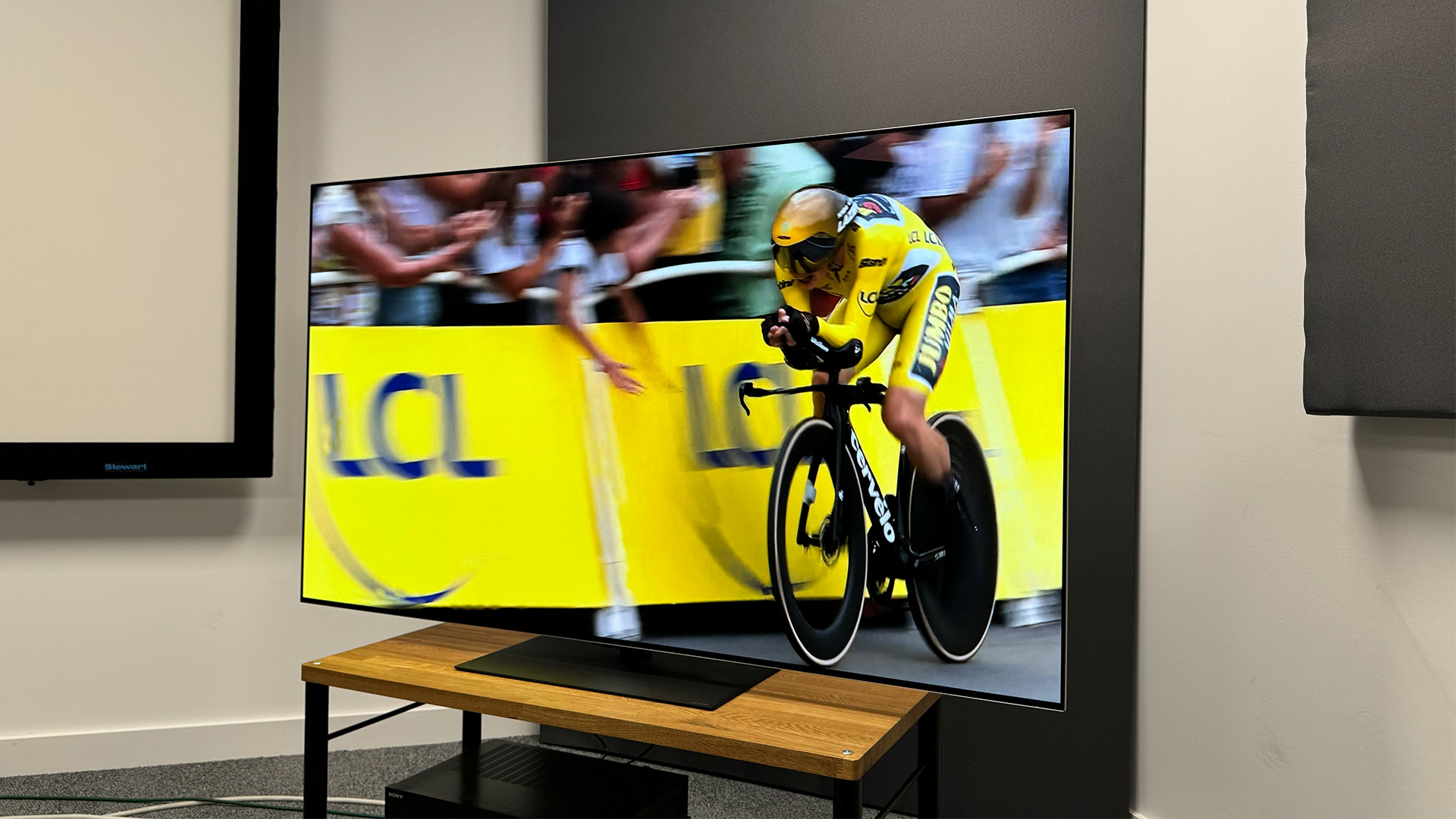

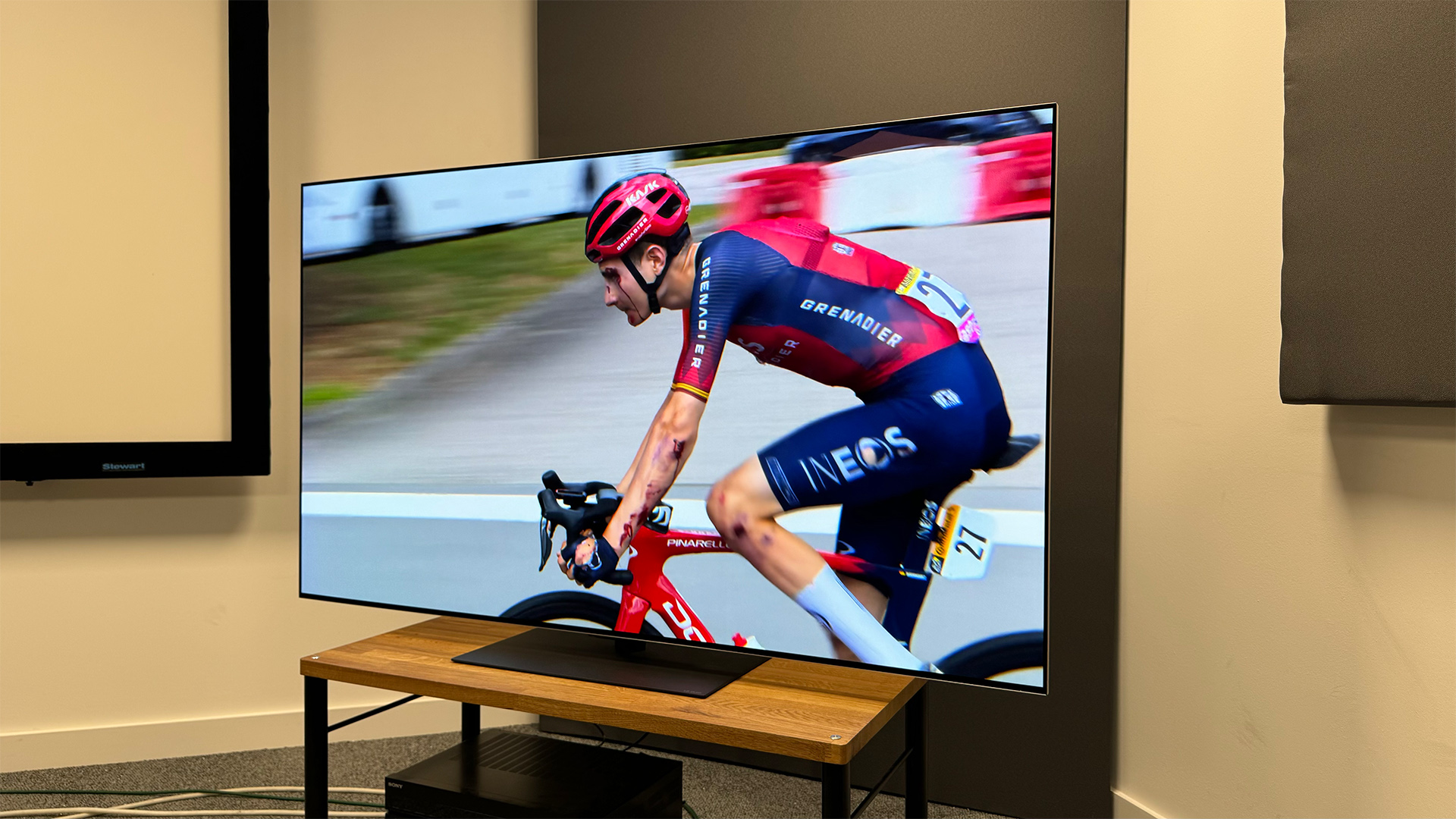
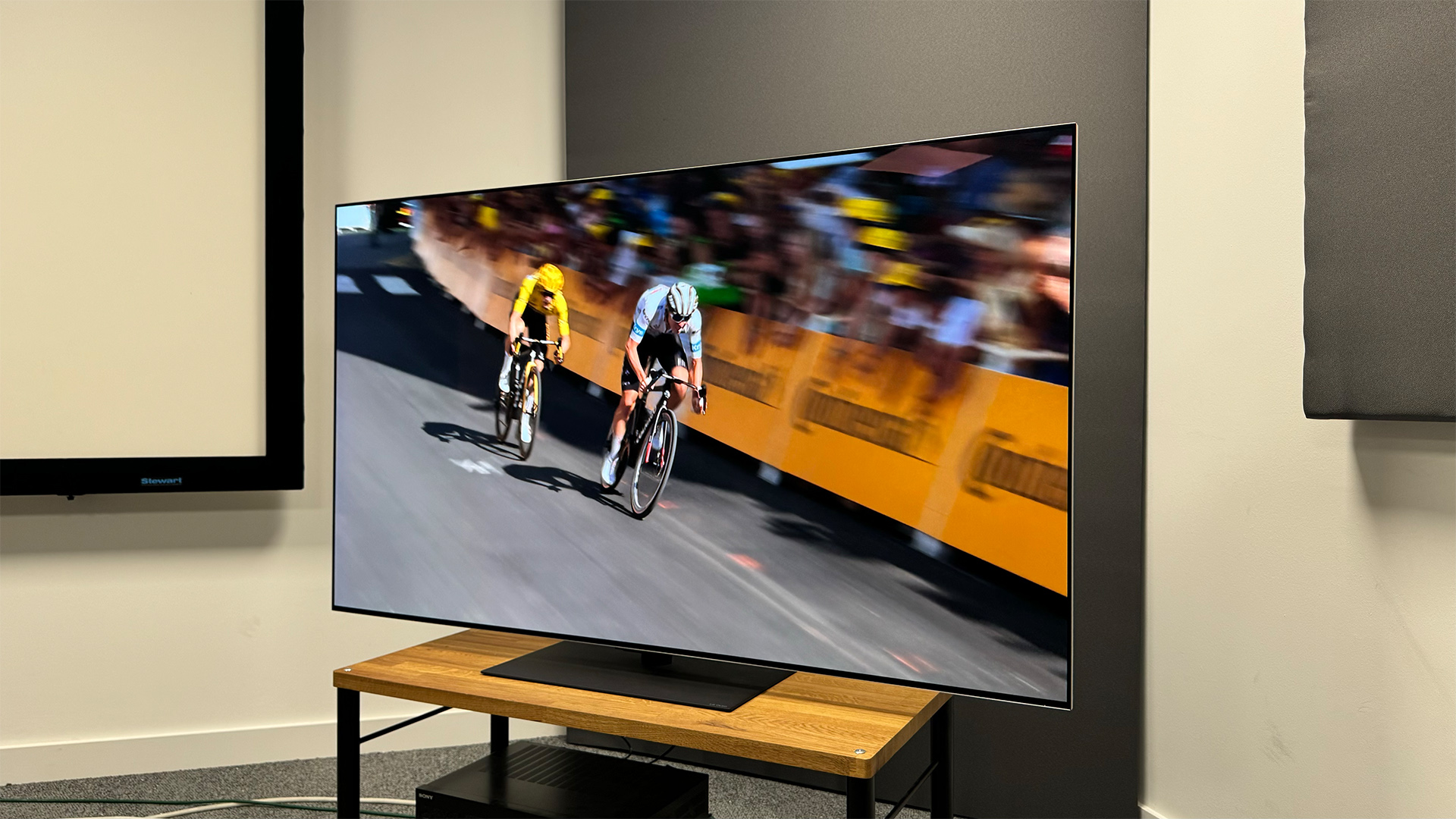
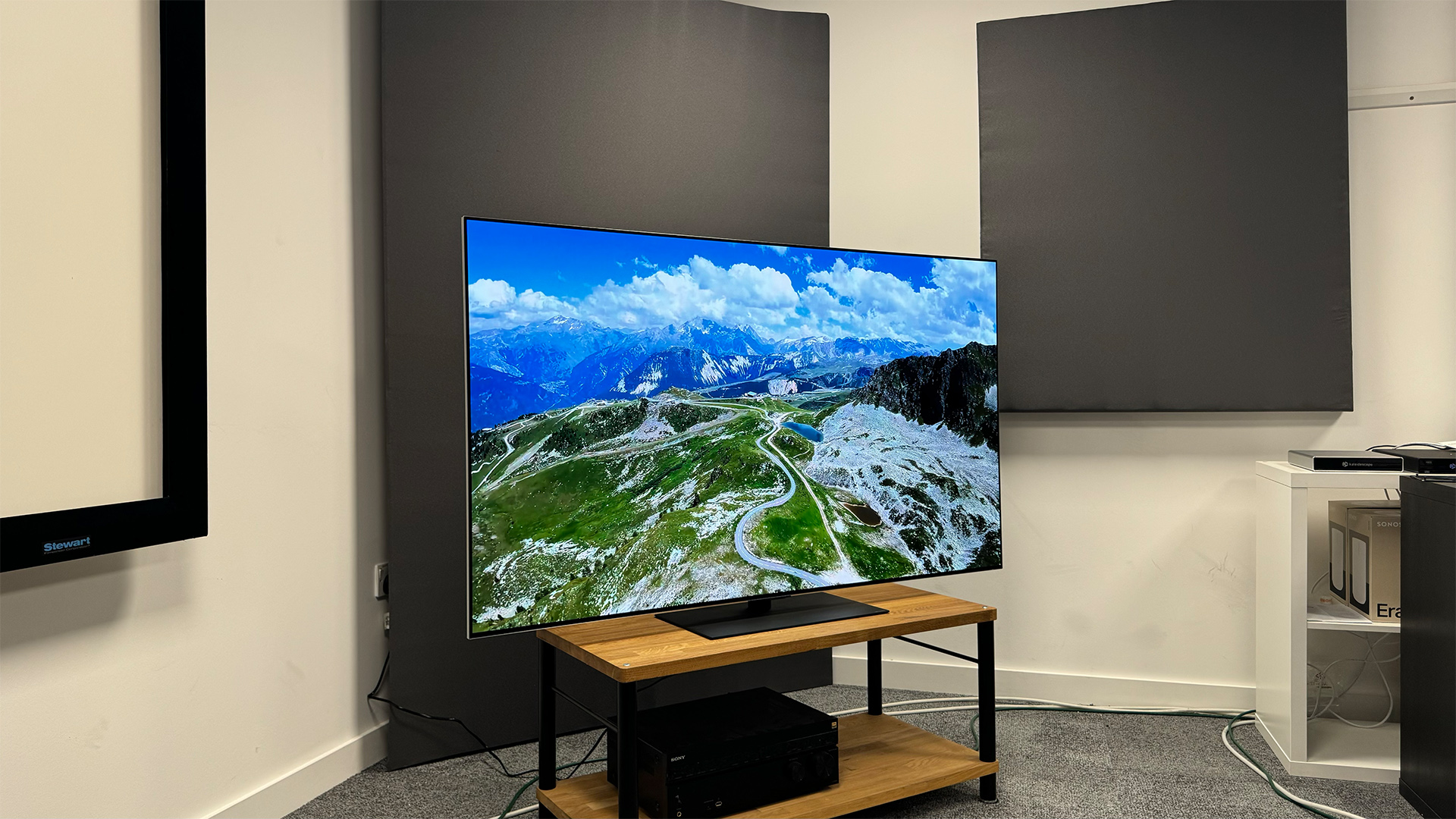
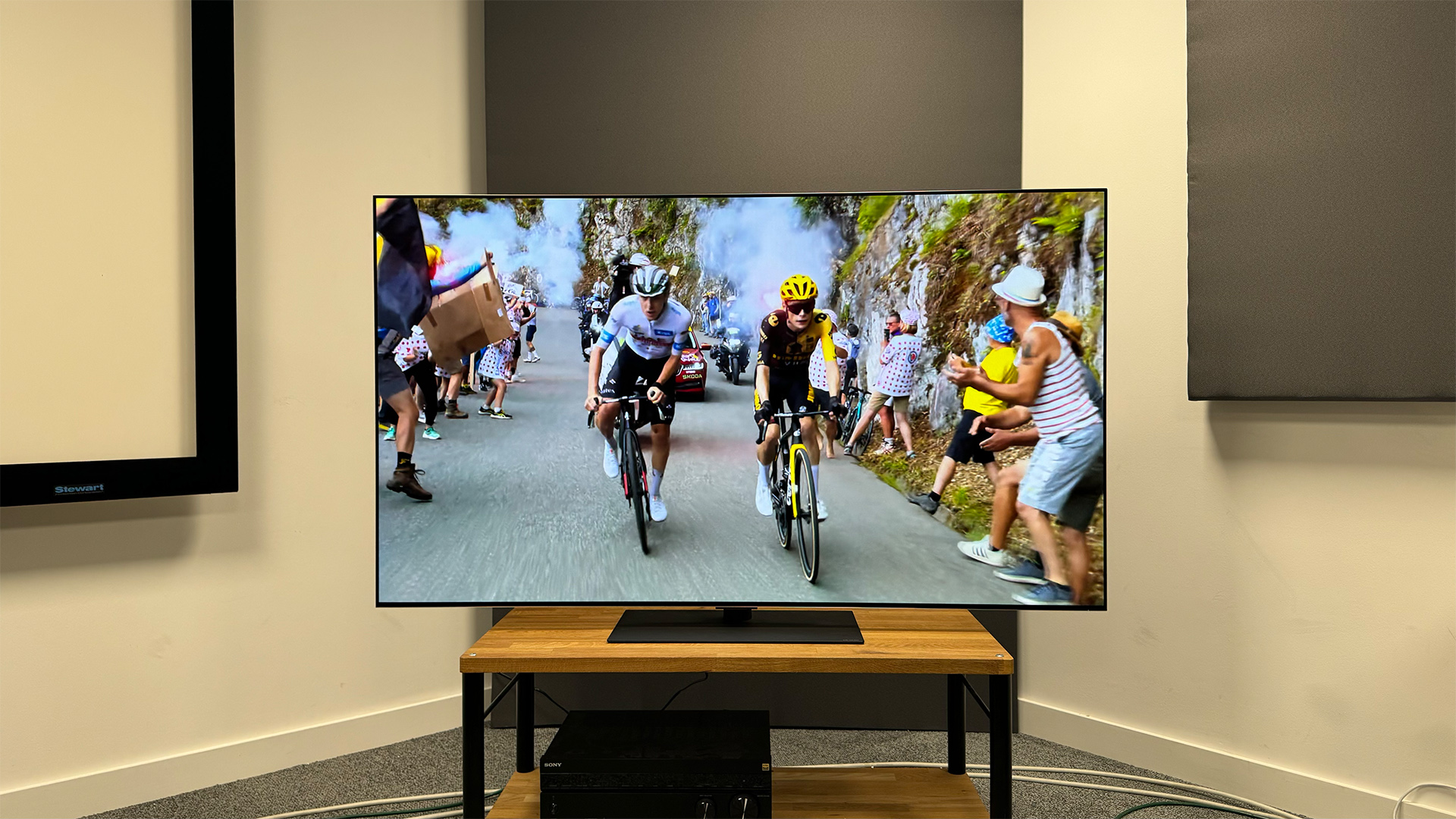
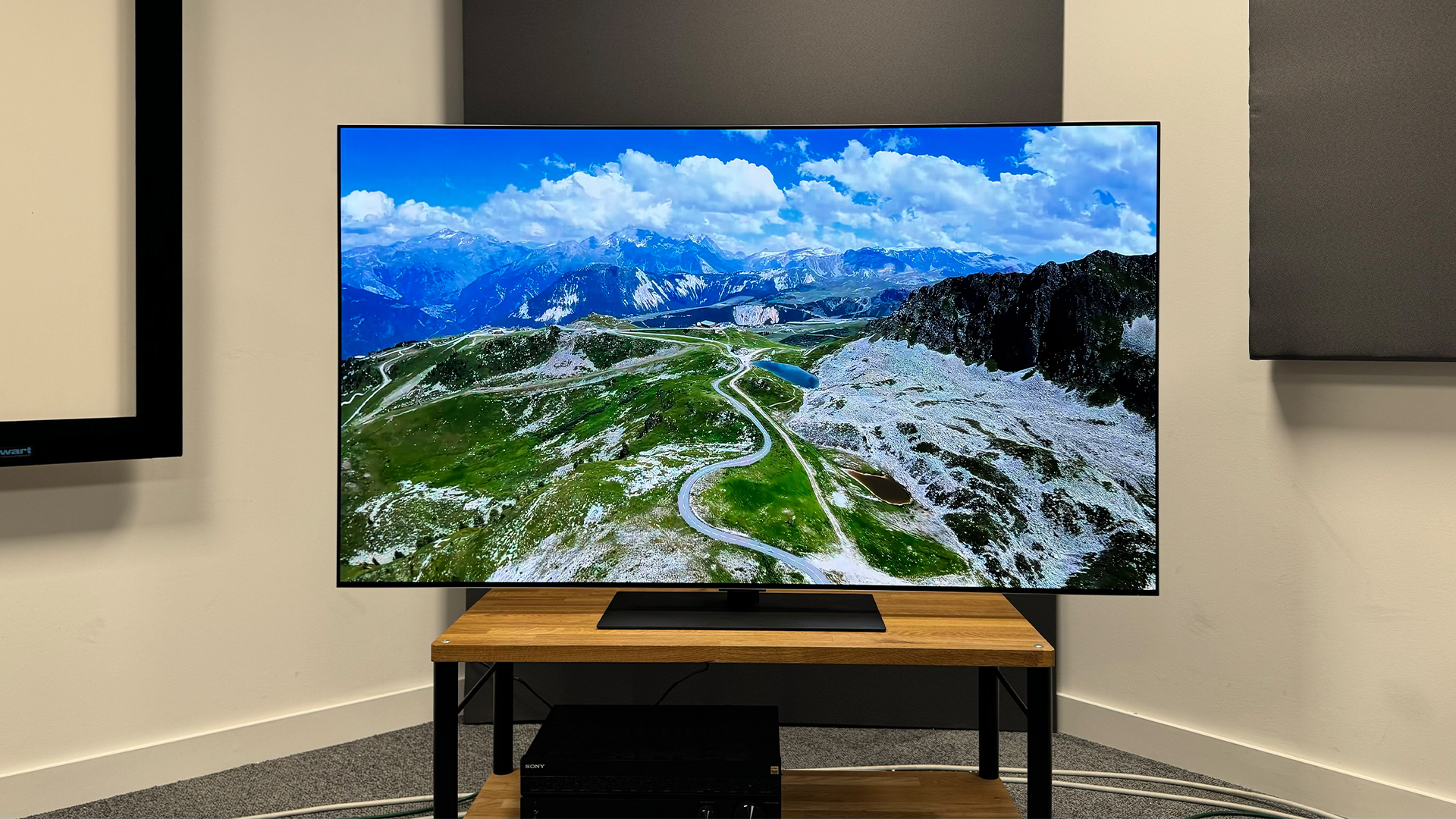
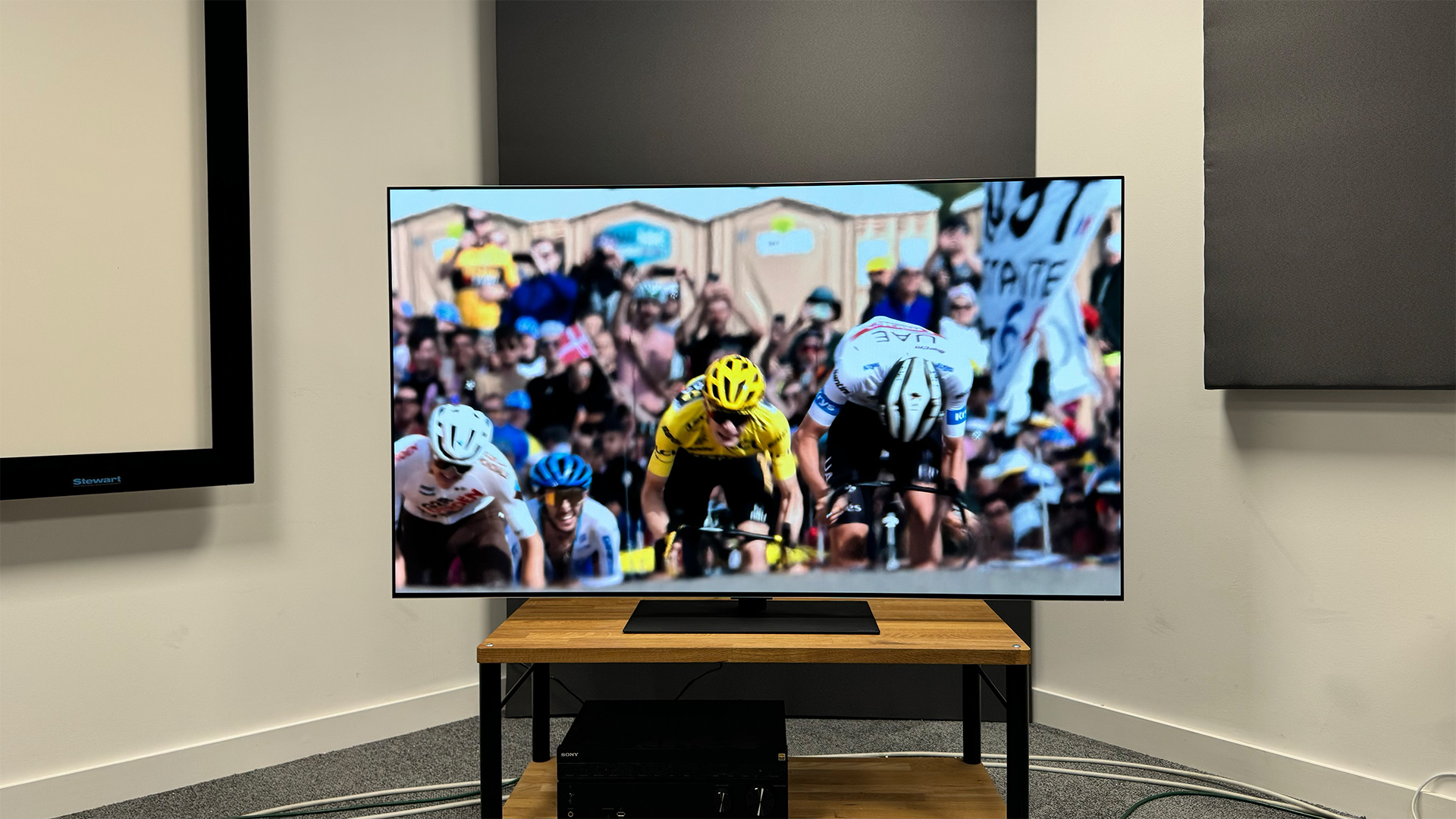
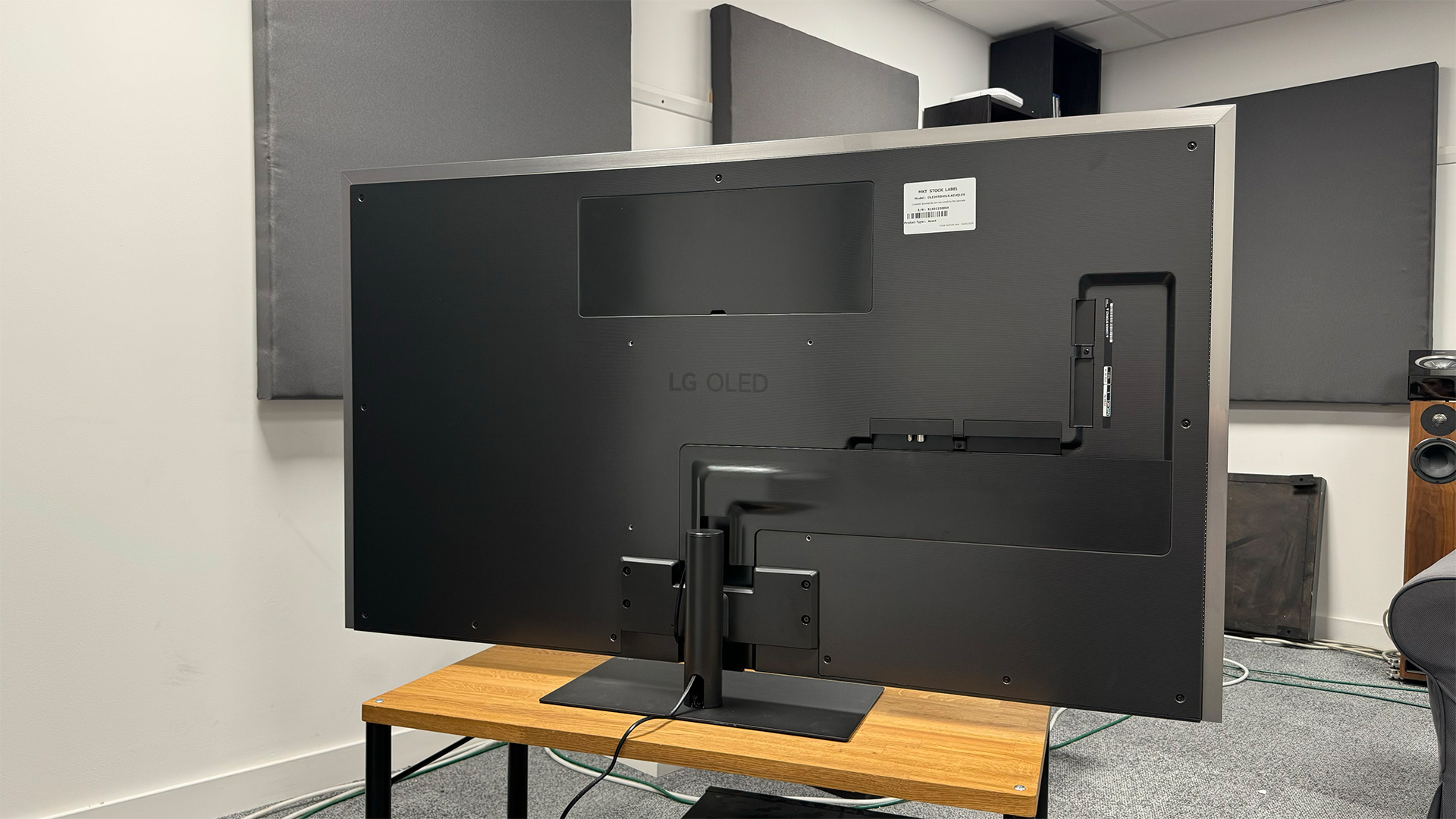
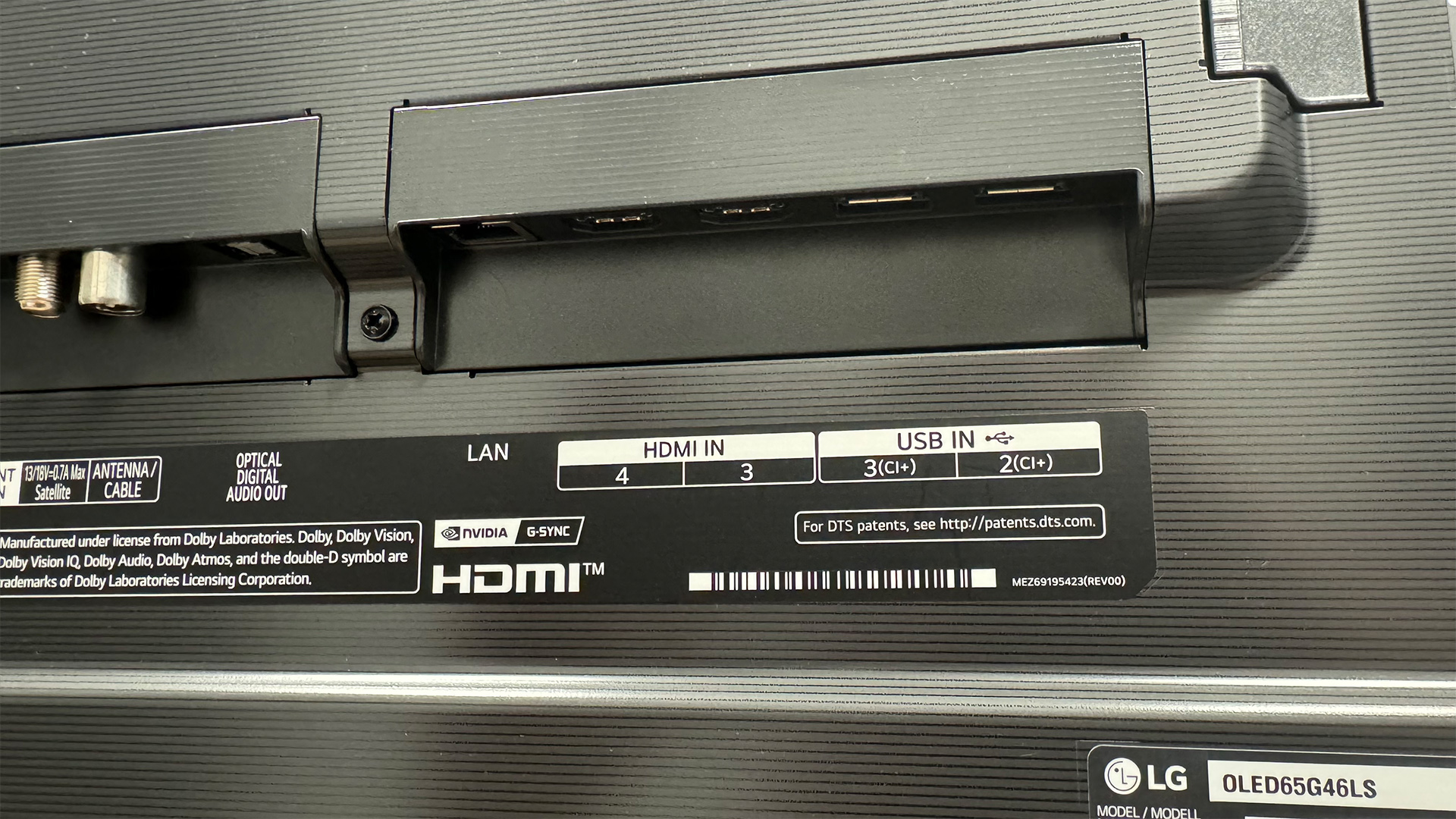
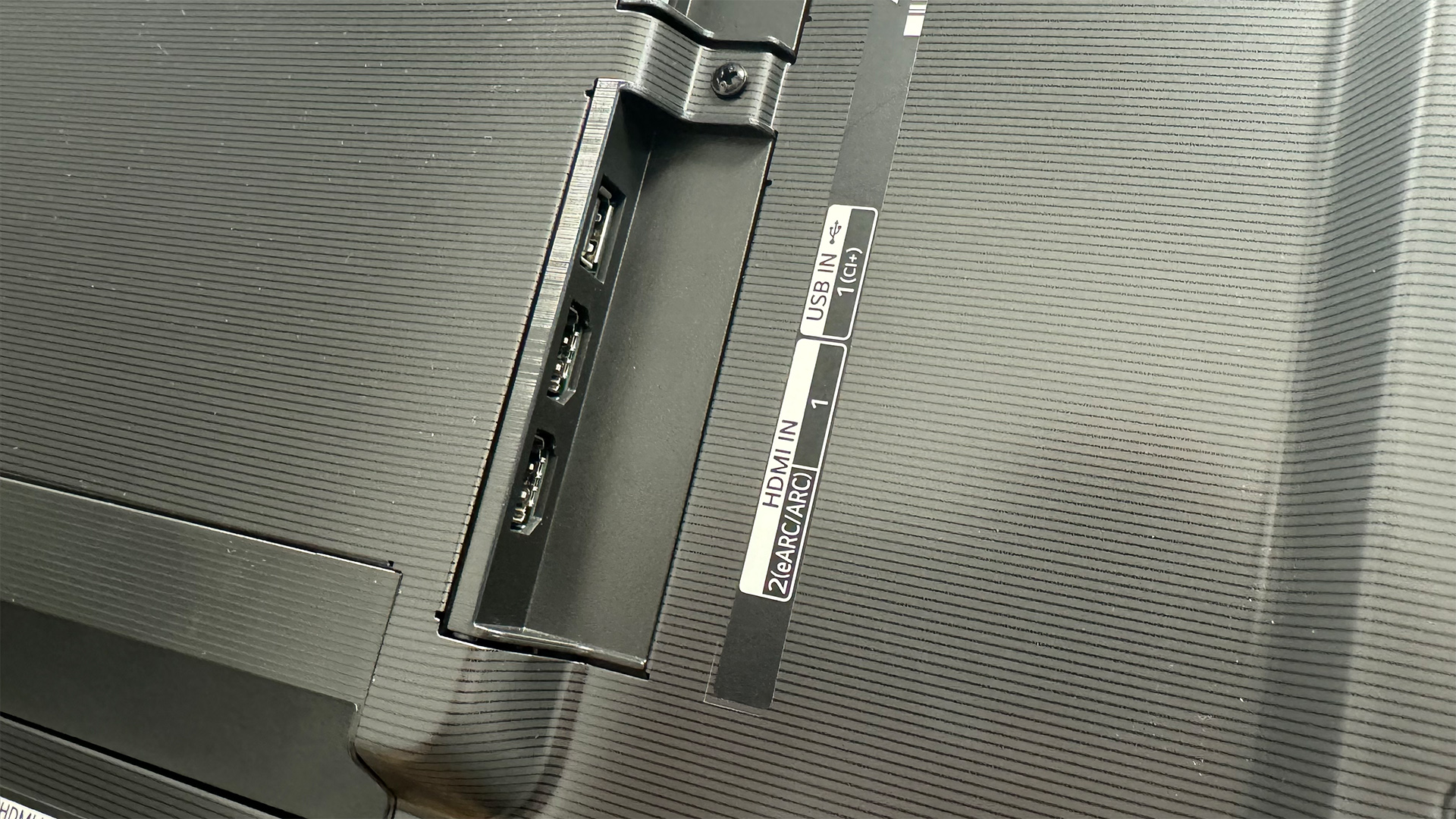
Specifications
Reasons to buy
Reasons to avoid
The LG G4 is in a similar position to the LG C4 we recommend above. The LG G5 is set to replace it, but as we’re yet to review the newer model, the G4 is the current premium LG TV we recommend. Like the C4 this is particularly easy to do as it is also enjoying some pretty hefty discounts right now.
The LG G4 is a fantastic performer that delighted our reviewers last year. It’s also set to hold a special place in history, as with the arrival of 4th Gen OLED panels on the G5, the G4 is looking set to be the last TV to feature LG Display’s Award-winning micro lens array (MLA) technology.
This is a What Hi-Fi? Award-winning technology that adds a layer of microscopic lenses to OLED in a bid to radically boost brightness, which first launched on the now ancient LG G3 in 2023.
Though we found it is excellent and yields wonderful boosts to a TV’s peak brightness, when implemented right, MLA is set to be retired and replaced with new fourth-generation OLED tech seen on the G5.
We can’t confirm how big an upgrade the new tech is, but we were incredibly impressed with the G4 and the added benefits MLA brings. During our checks the technology let the G4 retain detail in bright areas that came up as pure white on the C4. It also offered brilliant shadow detail and wonderfully accurate colours. Hence our glowing verdict and five-star rating:
“LG’s second generation MLA OLED tech improves on all the areas that made the first generation great. Highlights include stellar HDR performance, wonderfully immersive and accurate colours that are consistent from the brightest to darkest parts of the picture, and stellar motion handling. This plus its excellent suite of gaming features make it a fantastic option for any home cinema enthusiast yet to invest in a next generation OLED.”
Our only word of warning is that its audio is middling, even by inbuilt TV speaker standards. So you will want to invest in a Dolby Atmos soundbar or full fat surround sound system to get the best results possible.
Read our LG G4 review
Best small LG TV
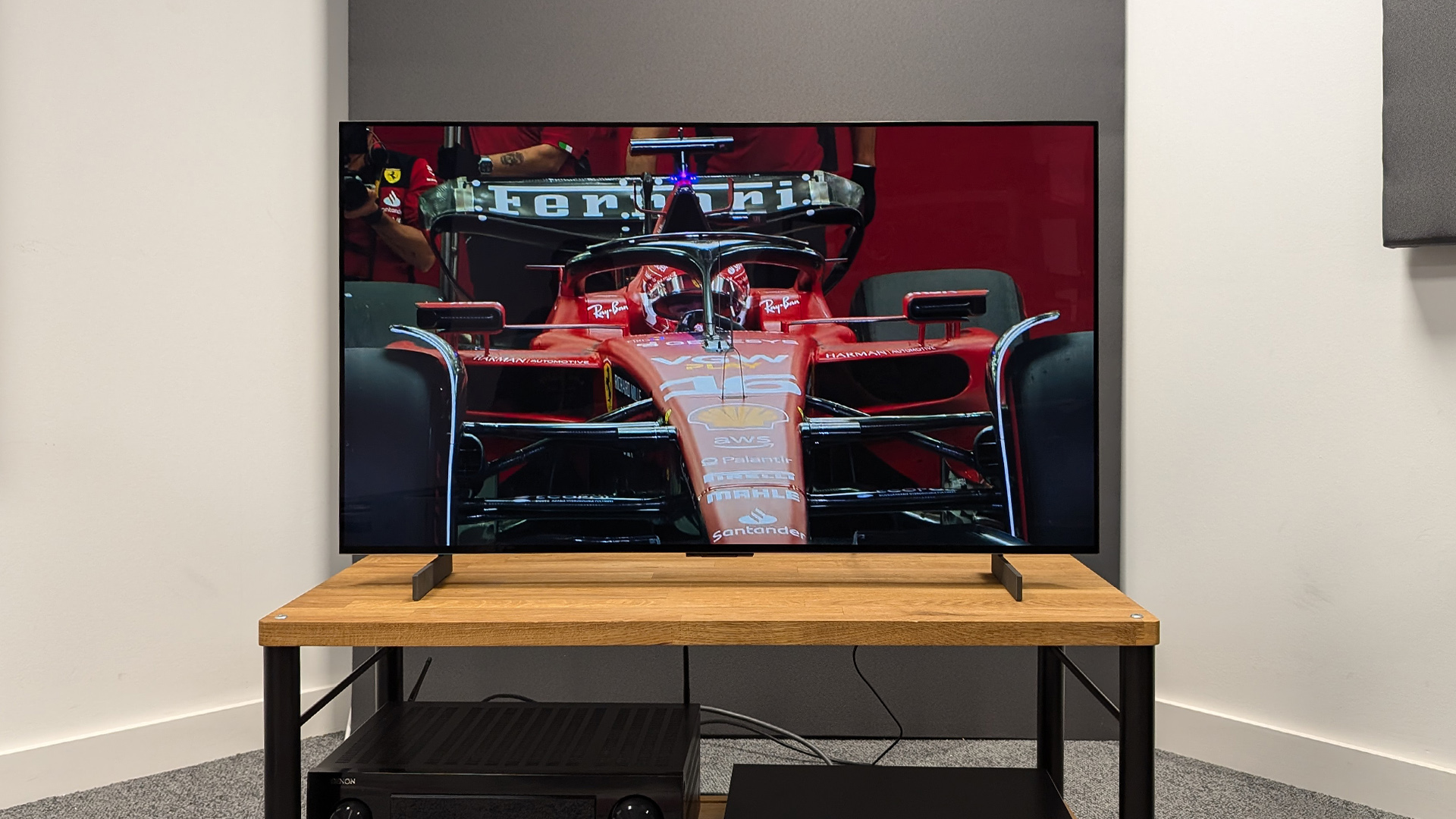
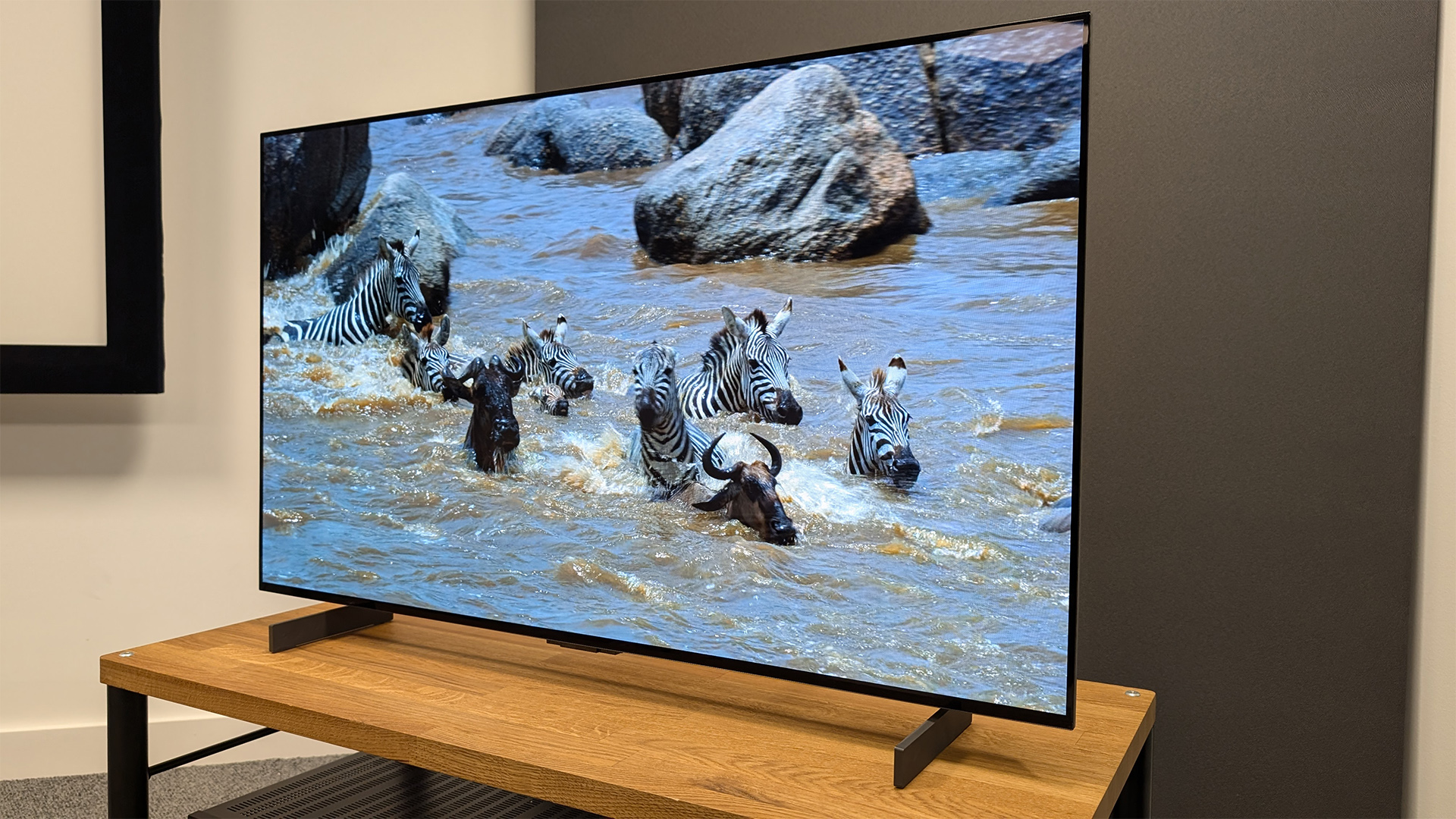
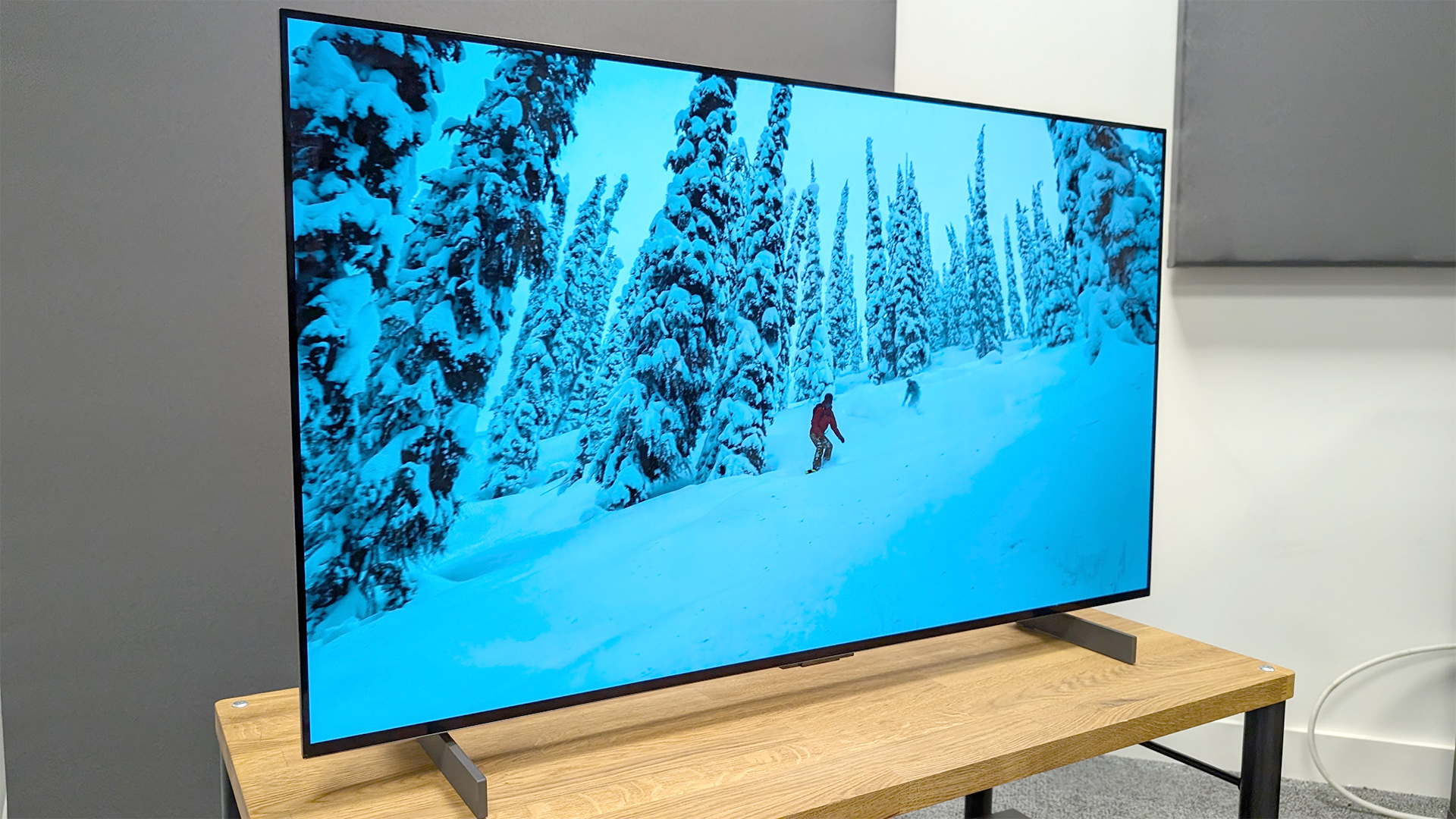
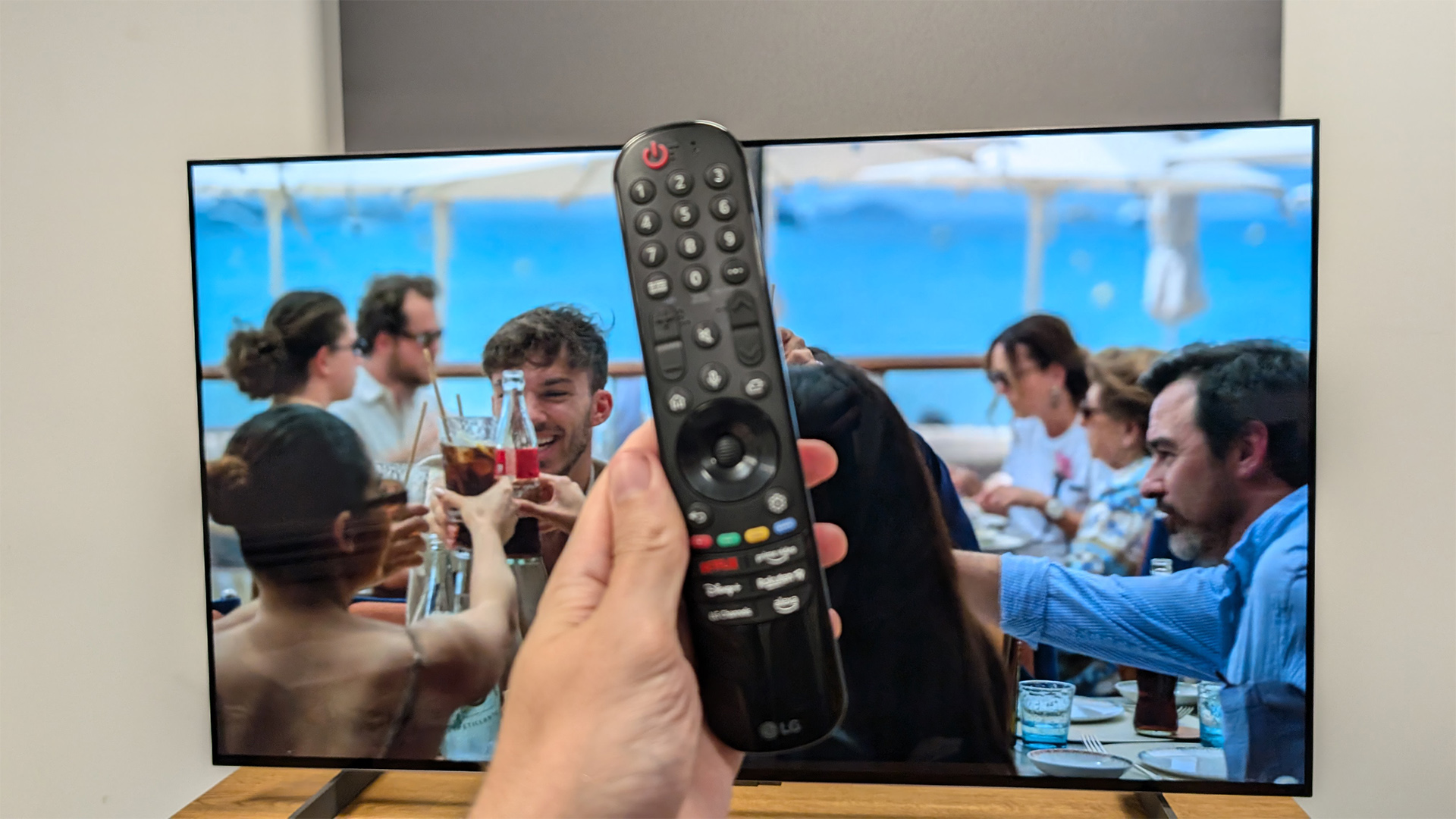
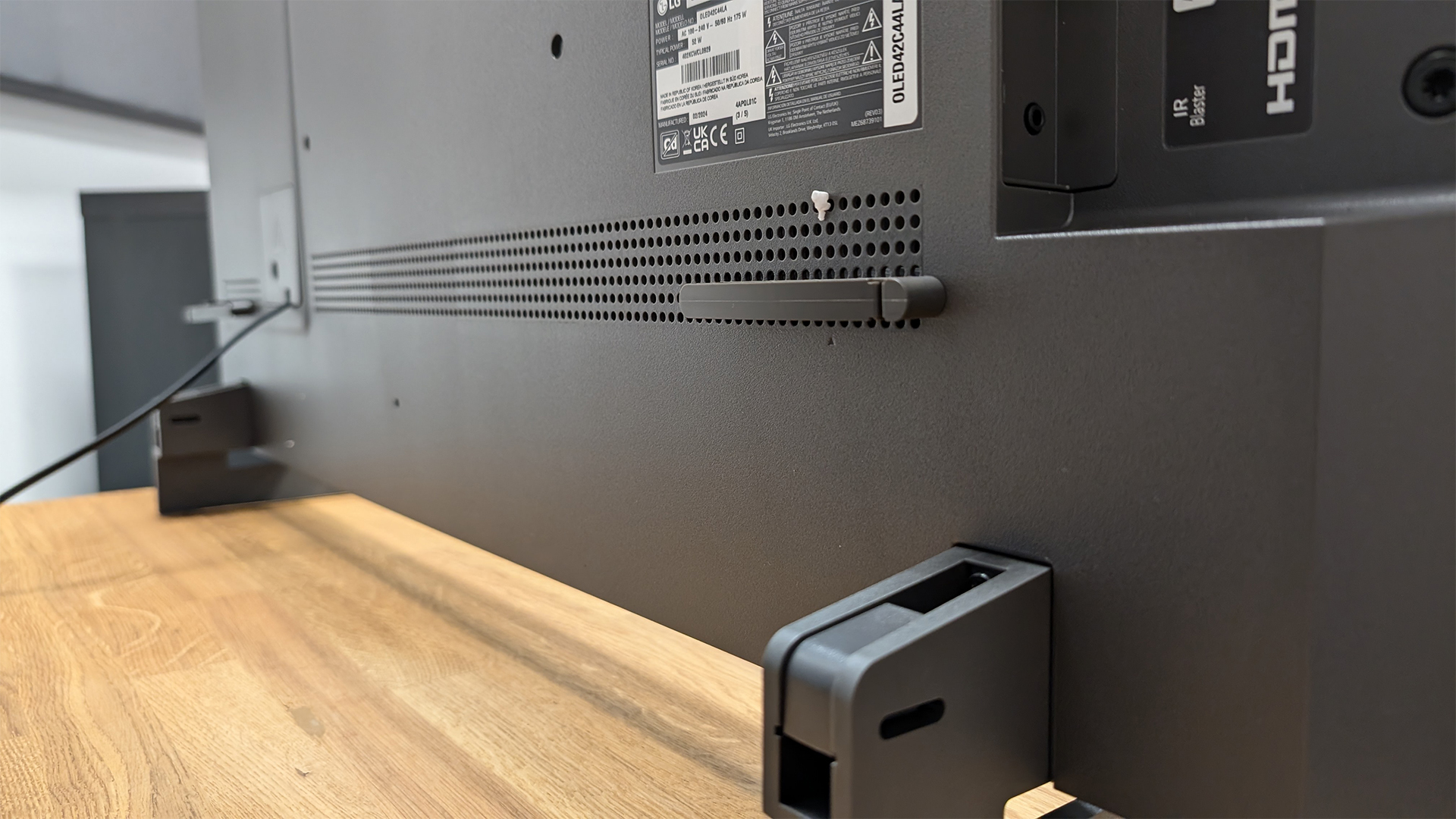
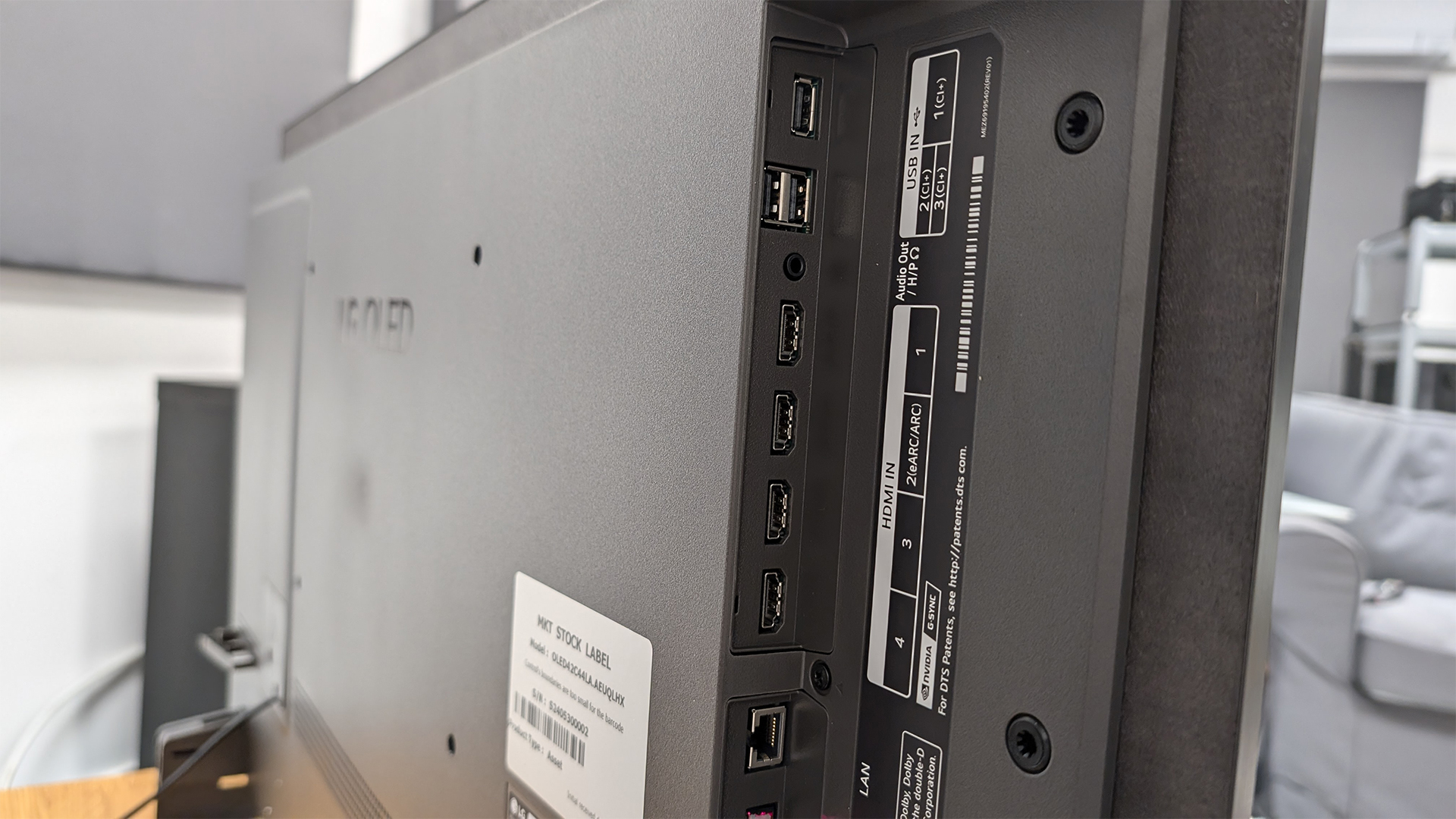
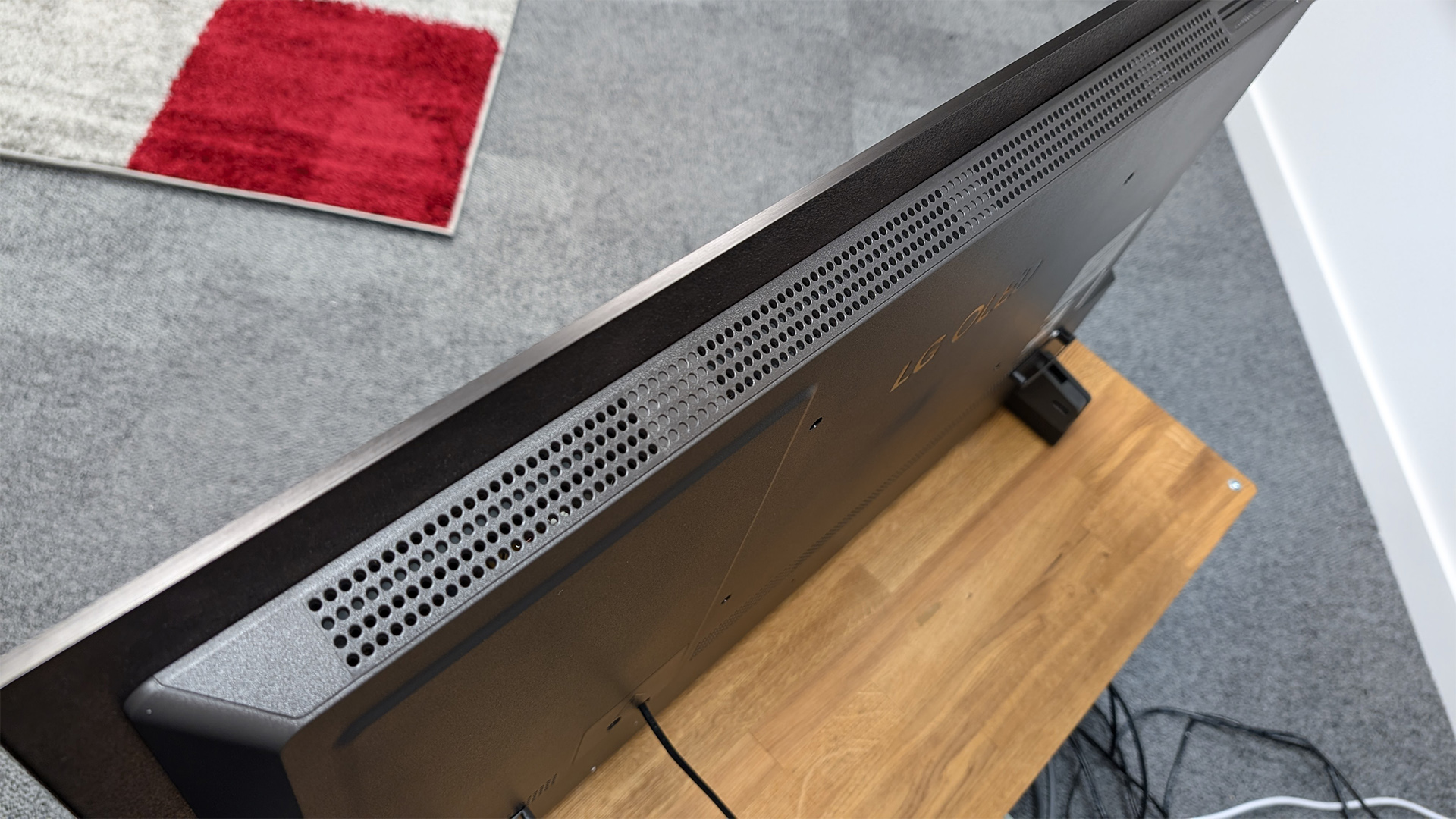
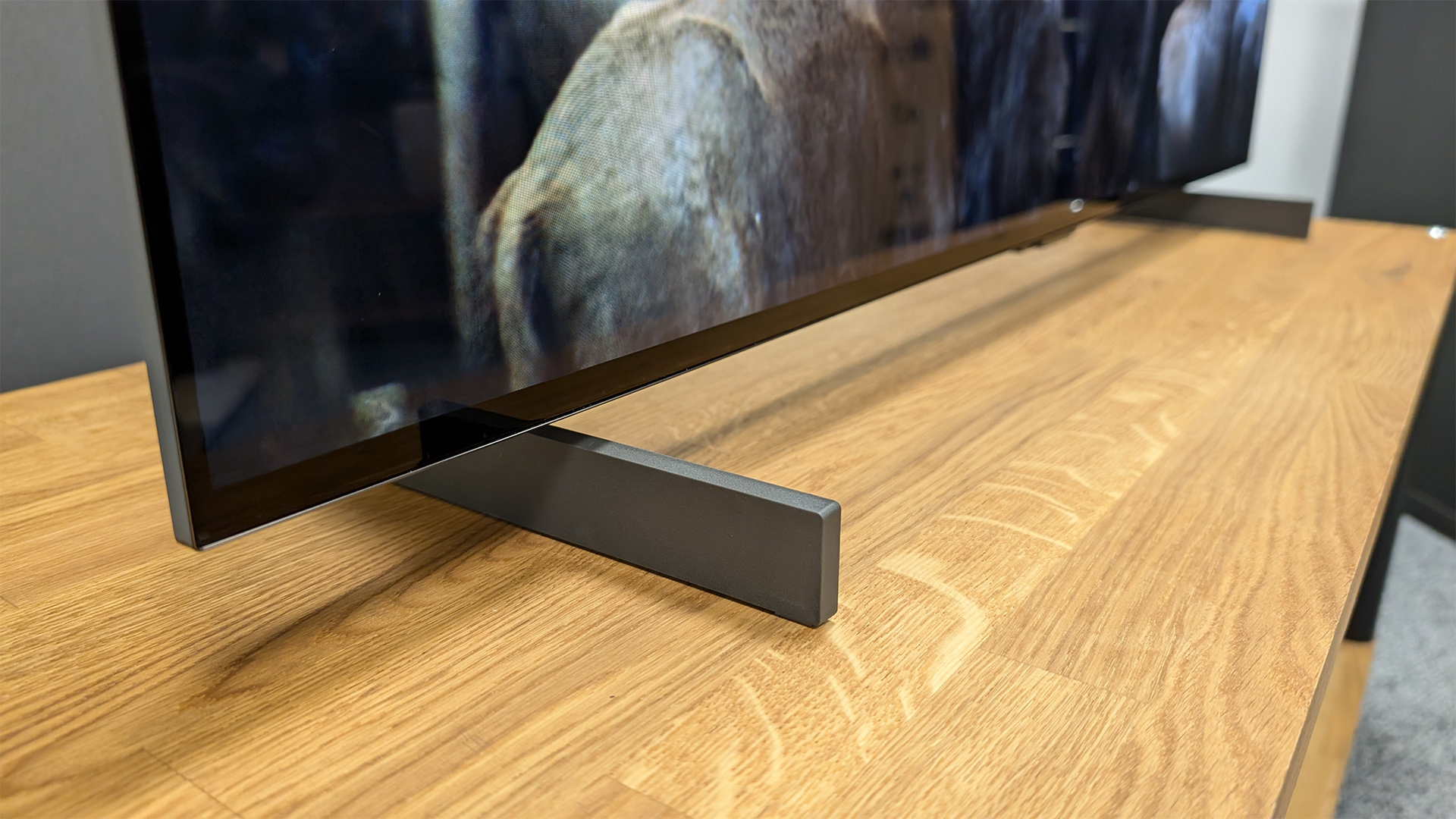
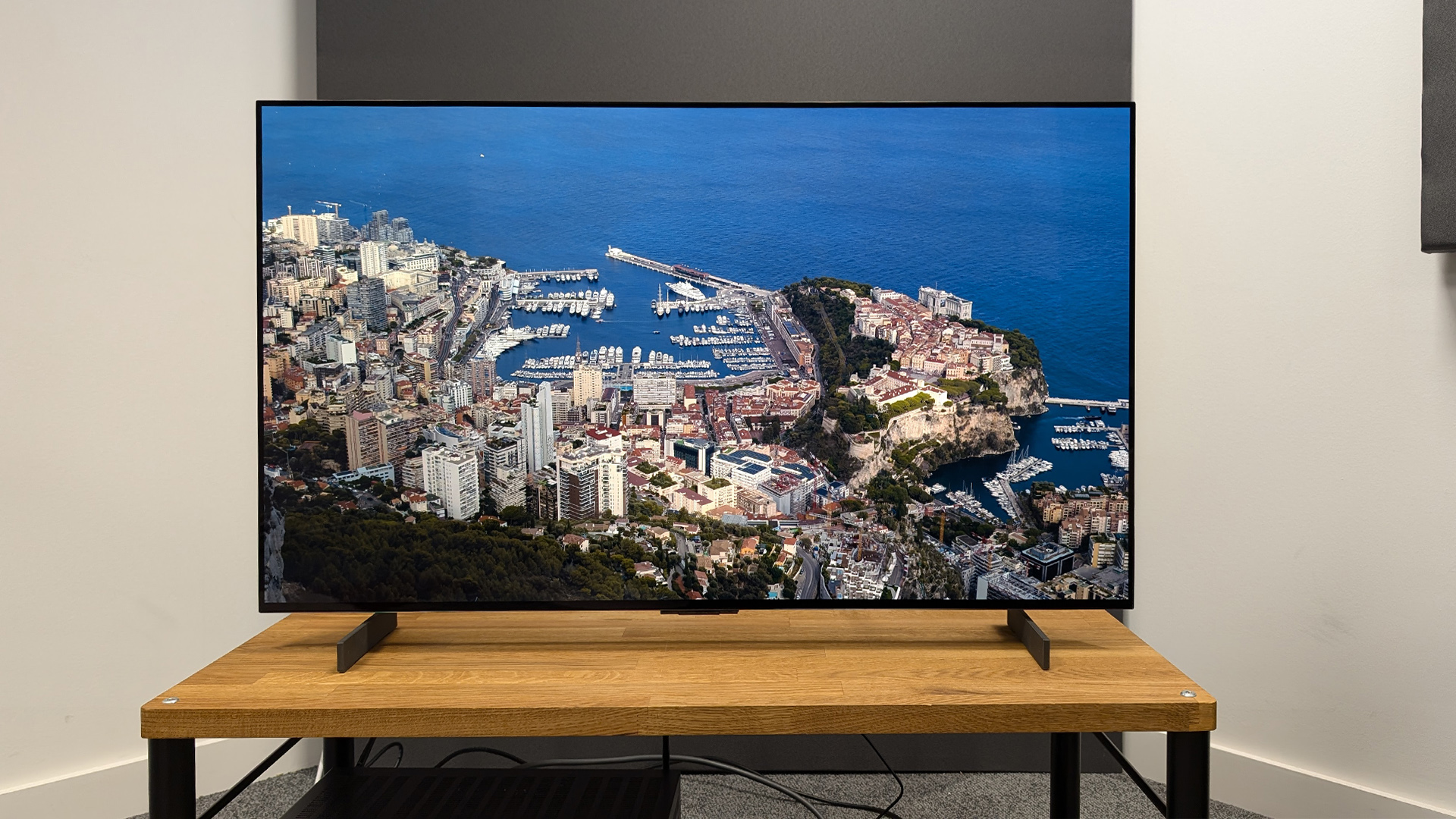
Specifications
Reasons to buy
Reasons to avoid
We think it's fair to say that LG has mastered the 42-inch OLED sector, as it's provided five-star offerings consistently for the last three generations. Balacning a smaller screen and cinematic impact is no mean feat, yet LG seems to have struck a compromise that means neither suffer.
We praised this TV's capability to deliver a "dynamic, but accurate picture" with impressive motion, earning it a well-deserved five out of five in our picture assessment. It does so with a traditional WOLED panel, forgoing the Micro Lens Array or Primary RGB Tandem OLED panel enhancements found on the G4 and G5 respectively.
Regardless, we still approve of its "brilliant peaks", as this genration of C-series TVs are brigher than the proceeding C3 series. Contrast remains a strength, which is an ingrained asset of OLED technology.
You'll also find this TV on our 2024 Awards list, named as the "best gaming TV". This is due to it's desk-friendly form factor and uncompromising gaming specs, which includes four HDMI 2.1 sockets with VRR and ALLM support.
The only area in which the C4 isn't really at the top of its game is its sound performance. There's a clear lack of weight, and we don't get the most spacious sound from it either. Our advice would be to factor in the cost of a soundbar if you're looking at buying this TV.
Overall, this is our favourite small TV on the market, so if you're working with a restricted budget or a small living room, then the 42-inch C4 is certainly worth a look.
Read our LG OLED42C4 review
Best 2025 LG TV
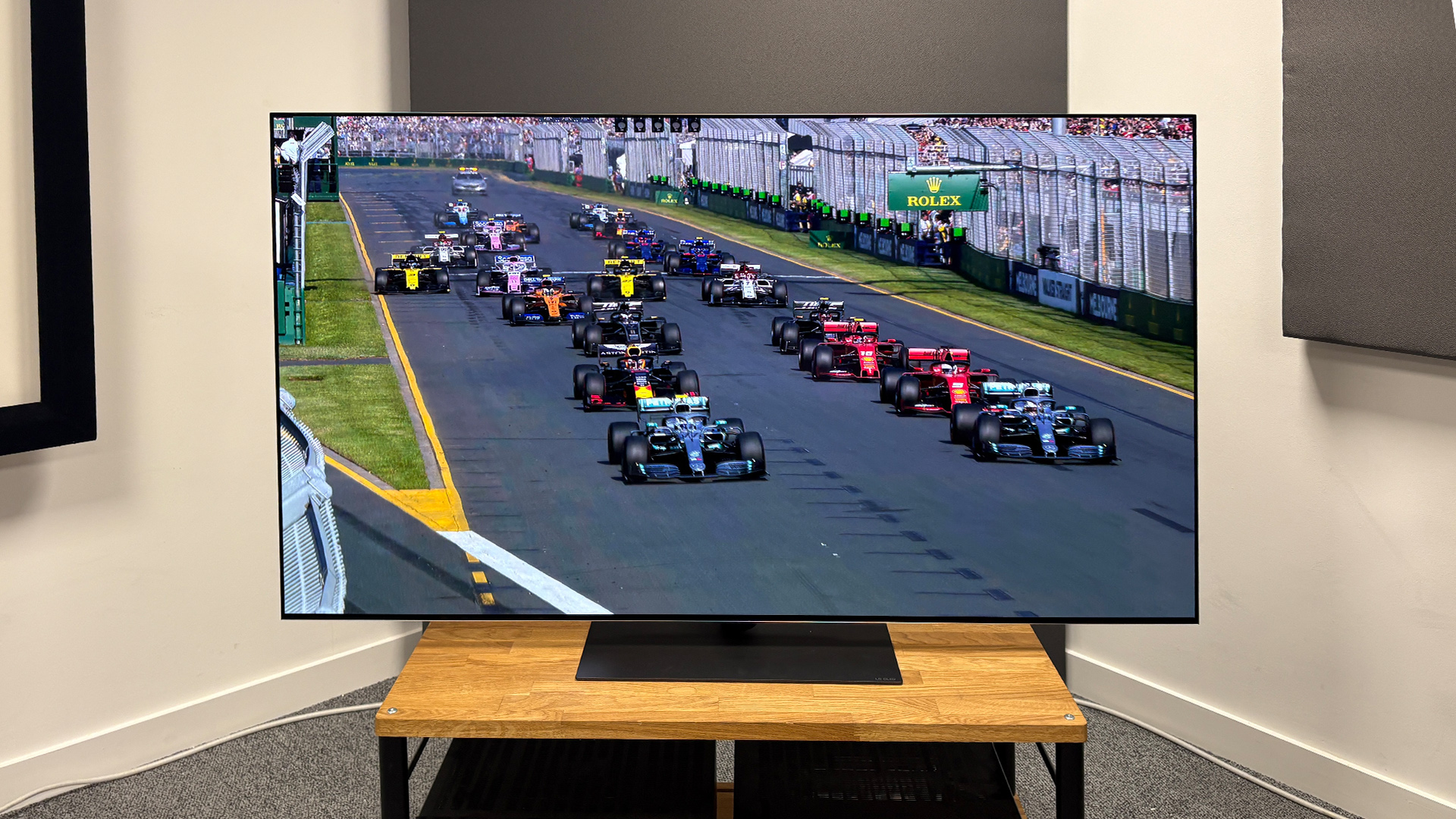
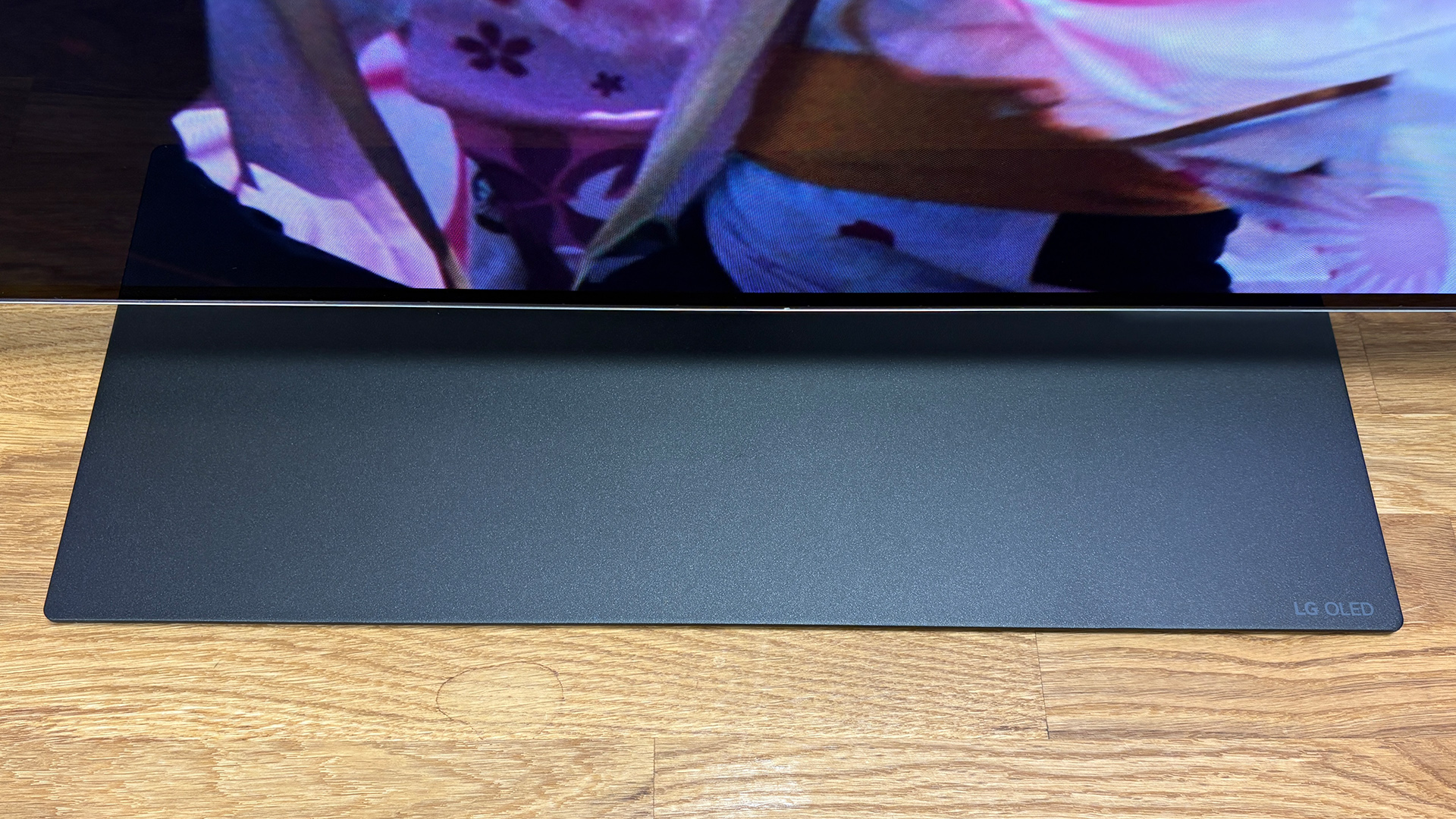

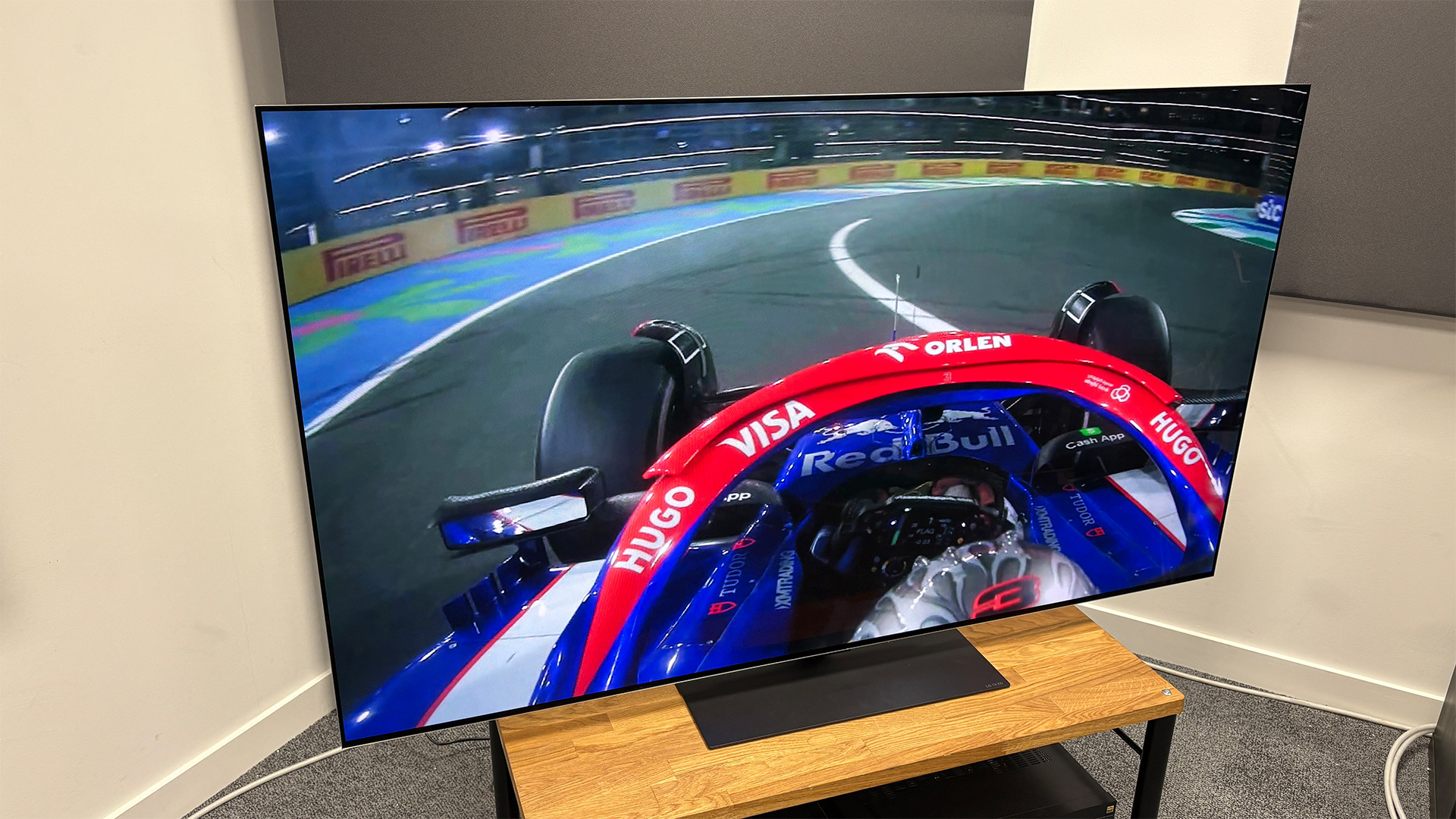
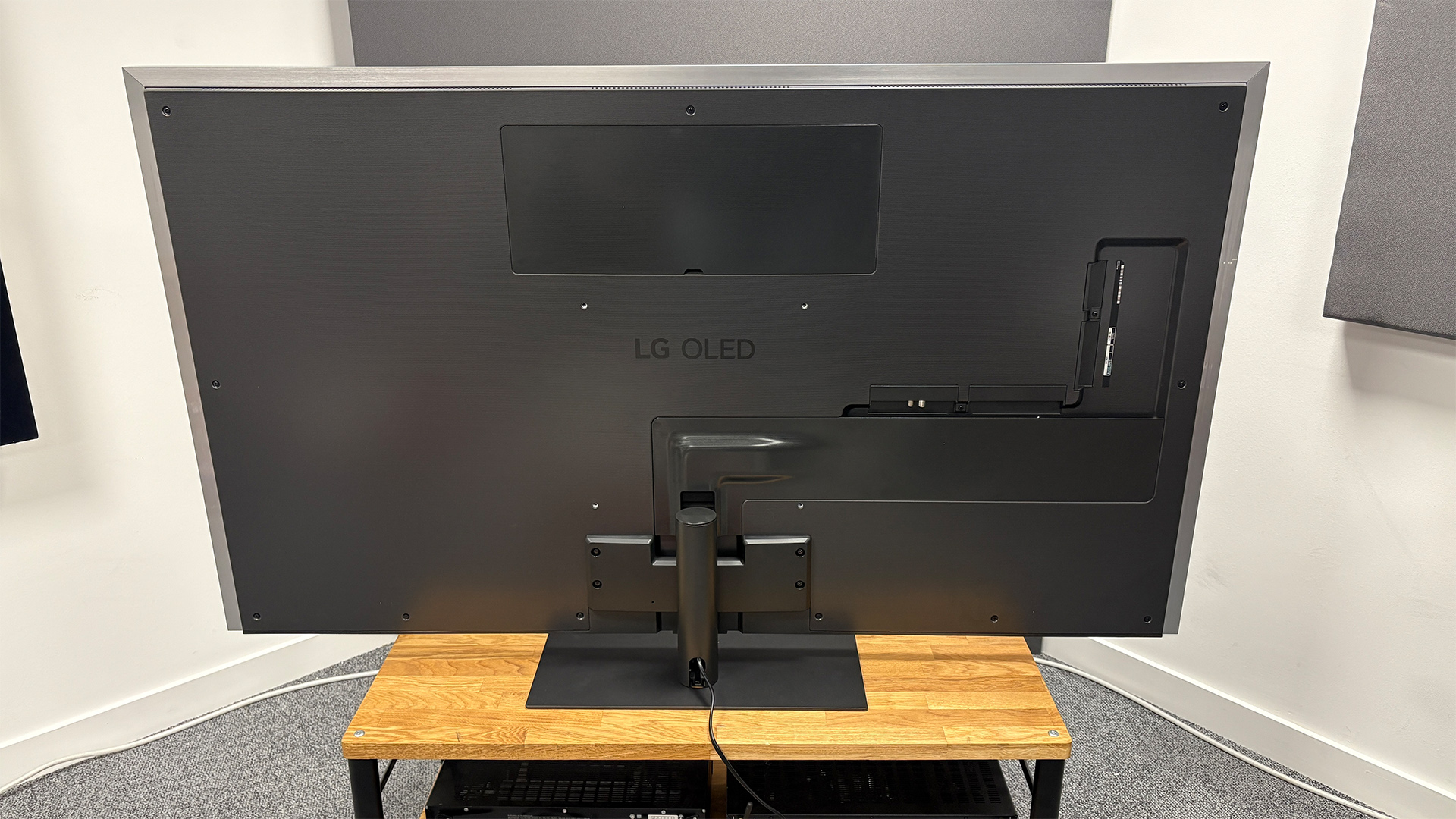
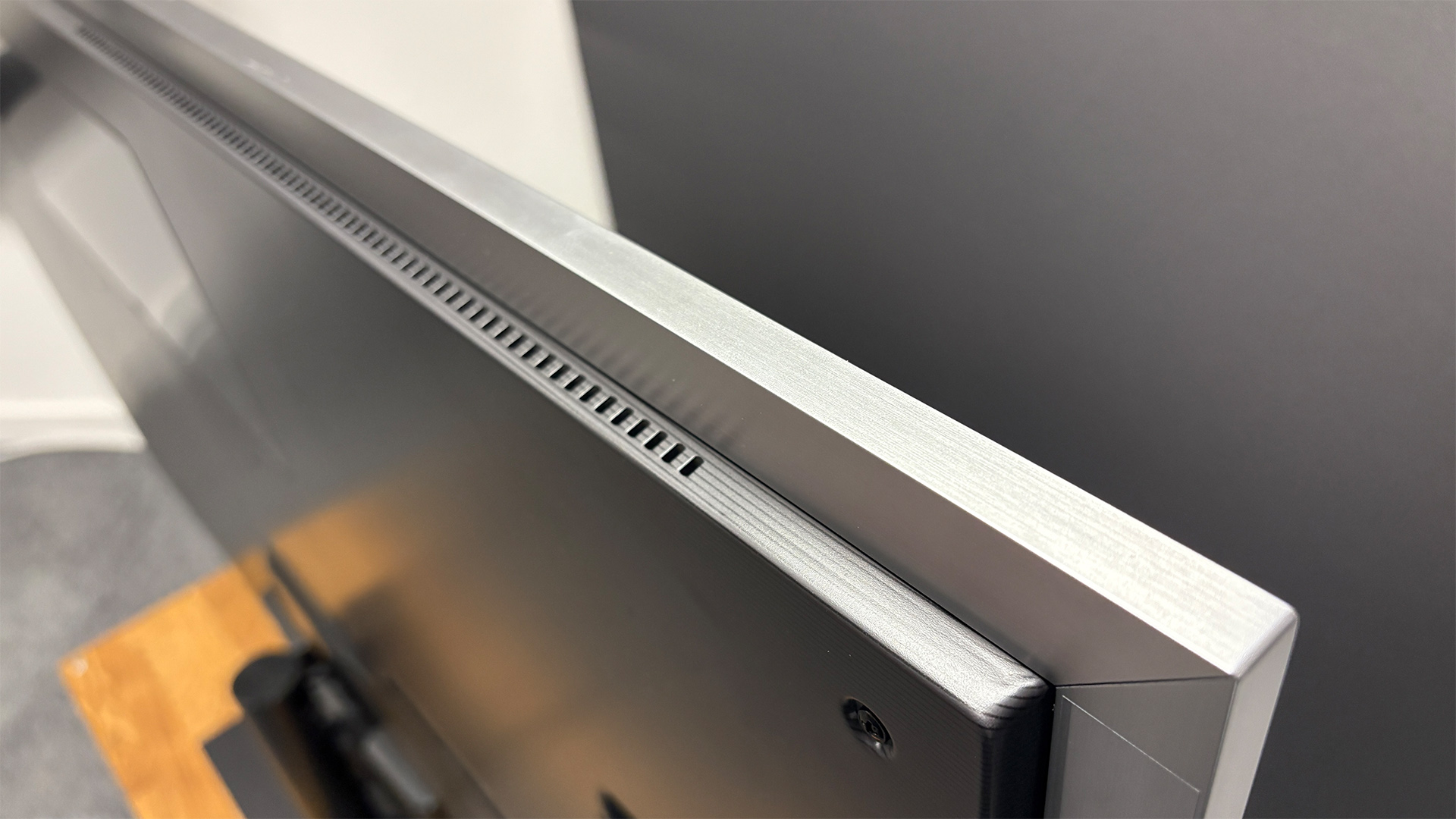
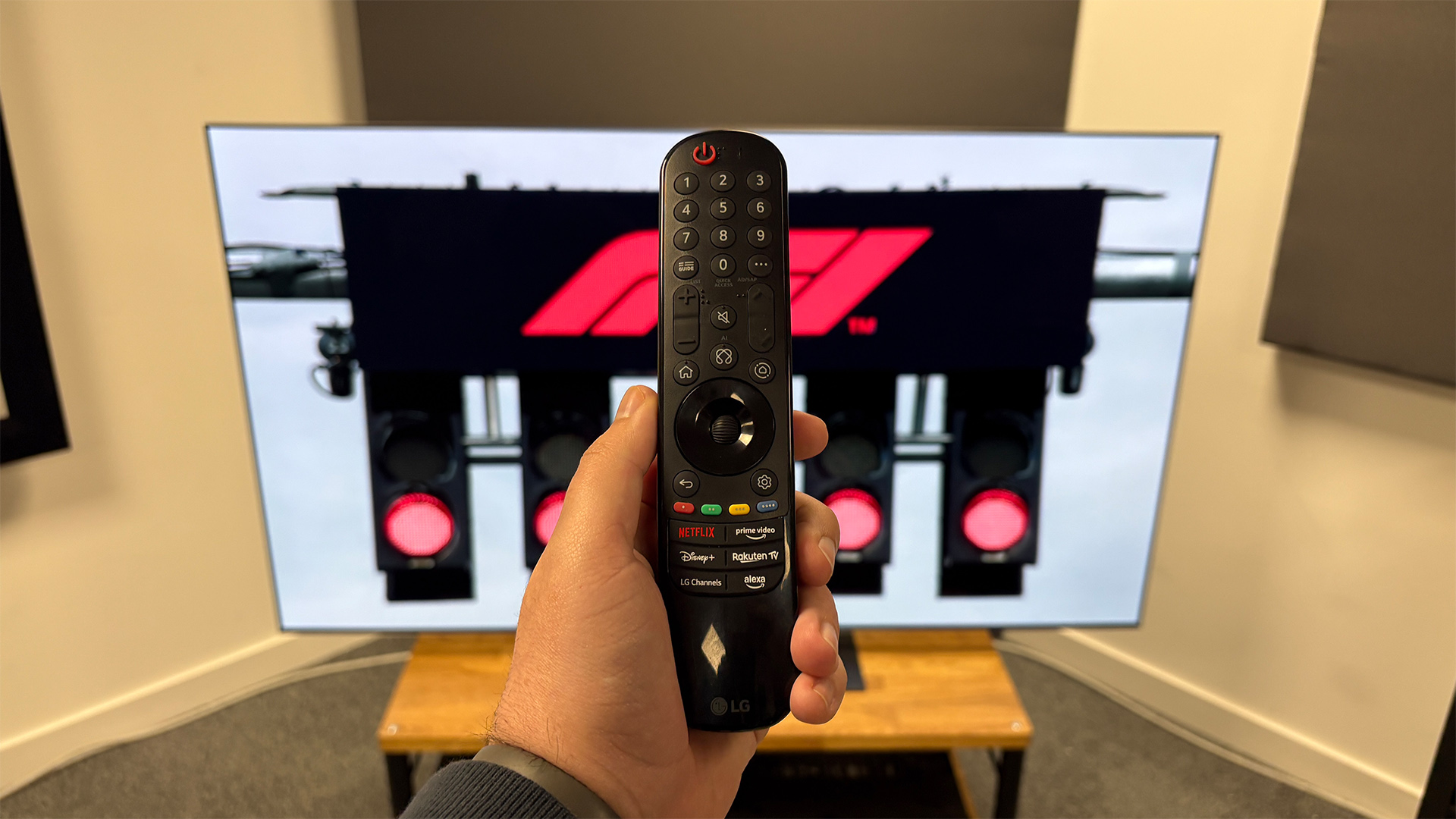
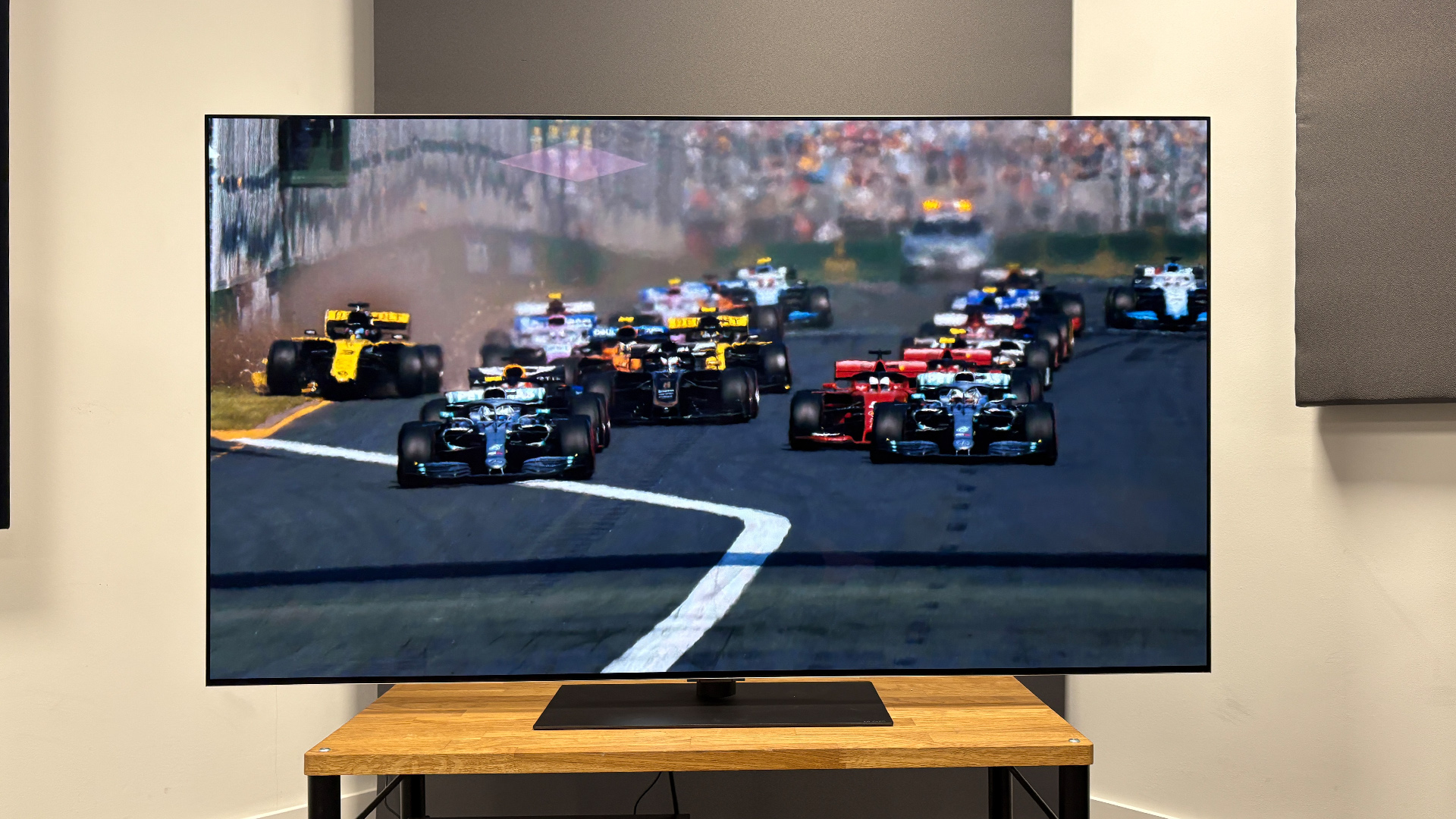
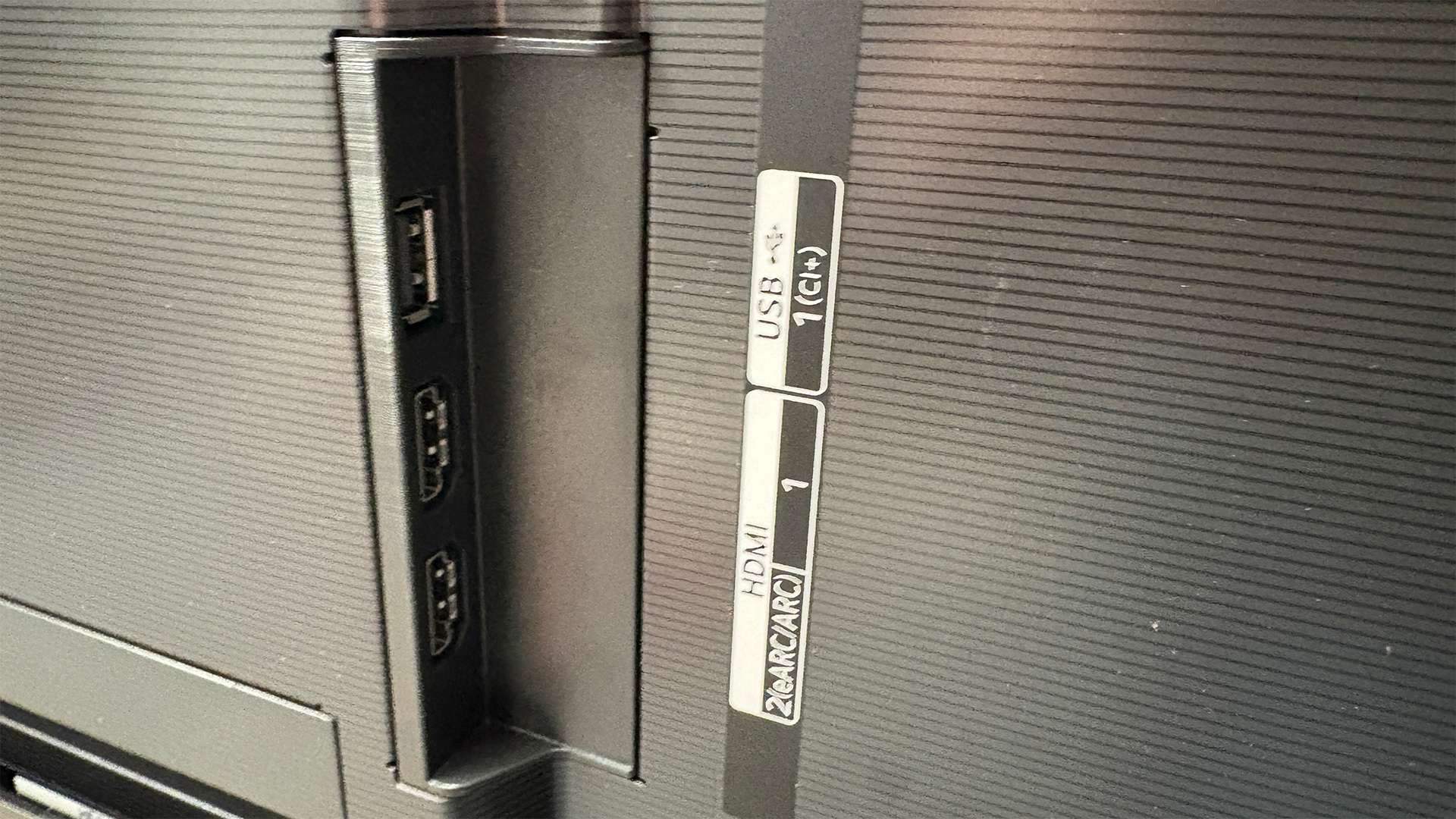
4. LG OLED65G5
Specifications
We review on a performance per pound metric, so why have we included the G5 over the C5, considering they're both five-star TVs, with the latter being considerably cheaper?
Simply put, the G5 represents such a huge leap in performance that we couldn't leave it off the list. It's a dazzling, showstopping TV with enhanced brightness, punchy colours, striking contrast and rich details, which enshrines it as our pick for the best LG TV to launch this year.
It's the first TV to grace our testing room to include the Primary RGB Tandem OLED panel technology, which stacks four OLED layers to efficiently and effectively boost brightness and colour volume. Paired with LG's latest Alpha 11 AI Processor Gen 2, which handles a range of picture processing features, as well as AI-enhanced picture and sound modes, though we'd recommend leaving those switched off.
Much like the other TVs on this list, it sports an all-inclusive feature set with four HDMI 2.1 sockets, all of which support ALLM and VRR. WebOS 25 is also on board, which covers all your movie and TV needs streaming needs, with game streaming thrown in for good measure.
A common pitfall of LG's TVs is audio, and this persists with the G5, which sounds simply fine. Once again, you'll want to hook up a sound bar or surround sound system of some description to ensure the sound matches the awesome picture.
Nevertheless, the G5 is a prime candidate for those with deeper pockets who want to experience the very best that OLED has to offer.
Read our LG OLED65G5 review
Also consider
LG OLED48C4: The 48-inch C4 is a great choice for those looking for a middle ground between the 42-inch model on this list and the more conventional 65-inch options. Much like its smaller sibling, we approve of its rich, cinematic picture, which still feels engaging and grand in scale, despite the smaller screen size.
LG OLED55C5: Make no mistake, the C5 is a five-star TV that can truly impress; however, the performance gap between it and the C4 isn't enough to justify an upgrade, and with the C4 enjoying some frankly ludicrious deals at the time of writing, we're of the opinion that it's better to snap up the remaining C4 stock instead of splashing for the C5. However, if you're someone who needs to have the latest and greatest model number attached to their TV, then you certainly won't be disappointed by the C5.
How to choose the best LG TV for you
All of the TVs recommended above are LG's own. All are 4K OLEDs that support HDR10, Dolby Vision and HLG (but not HDR10+), and all have HDMI 2.1 sockets that support eARC (Enhanced Audio Return Channel). So how do you choose the one best-suited to your needs?
Bigger is better but size isn't everything. If you're going for a 65-inch or 75-inch model, make sure you have room to sit far enough back to enjoy the full effect.
Love gaming? You'll want to make sure you buy a TV with next-gen gaming features such as VRR (Variable Refresh Rate) and ALLM (Auto Low Latency Mode).
LG TVs use LG's own colourful 'webOS' operating system. On the surface it looks good and is pretty simple to get to grips with, but if you've been reared on Android TV or Samsung's Tizen system, the menus can take a bit of getting used to.
FAQ
What is the best LG TV for a bedroom?
Unless you’ve got a boudoir the size of a small supermarket, chances are you’re looking for something smaller, so the best choice here would be the OLED42C3. Smaller OLEDs don’t tend to go as bright as their larger siblings, and that’s certainly true of the 42-inch C3, but considering much of your bedroom viewing is likely to be after dark, that shouldn’t be an issue.
What is the best LG TV for gaming?
One of the things that makes LG TVs so easy to recommend is how accommodating they are to gamers. Every TV on our list is extremely well-specced for gaming, with HDMI 2.1 sockets and support for all of the latest gaming features, so no matter which console (or gaming PC) you own you can just choose based on budget and space.
What is the best soundbar for an LG TV?
Pretty much all of our LG TV reviews mention the need to add a soundbar, and while LG produces some soundbars that integrate really neatly with the design of its TVs, in our experience they aren’t the best-sounding ones available. There’s no real need to stick to the same brand and instead just buy the best soundbar you can on your budget.
What are the best picture settings for an LG TV?
The LG models on this page all arrive with some very good picture settings, but some minor tweaks are worth making. Check out these essential (but simple) tips to get the best out of your LG OLED TV.
How we test TVs
The arrival of a new LG TV at What Hi-Fi? HQ is usually a pretty big deal, but each one must go through our usual thorough testing process before we can declare whether it’s worth buying or not.
As soon as a new LG TV enters the building it’s whisked straight to our state-of-the-art testing facilities, where a member of our team will spend many hours assessing every aspect of its performance, from general usability to picture and sound quality. That’s not the end of the judgement process, though, with all verdicts agreed upon by the team as a whole, which helps to eliminate any personal preferences.
Every product we review at What Hi-Fi? is judged on its own merits, but they’re also compared to others in the same category, which allows us to find the very best and make recommendations that you can rely on.
The What Hi-Fi? team has over a century’s experience when it comes to testing and writing about hi-fi and home entertainment technology, so our verdicts are backed by extensive knowledge. They’re also free from the influence of PR representatives or sales staff, so when you pick a product from one of our Best Buy lists you know you’re getting one that comes with the What Hi-Fi? seal of approval.
Recent updates
26th September 2025: updated entries to reflect current market.
7th June 2025: moved the C5 into the also consider seciton with the OLED48C4. OLED65G5 joins the list as the best 2025 TV.
13th March 2025: new intro, grid and entries written to reflect the arrival of LG’s latest OLEDs and our findings reviewing the LG C5.
17th January 2025: LG C4 and G4 added based on latest testing. References to new C5 and G5 included for wider market context.
23rd July 2024: added an also consider section including the OLED65G4.
4th June 2024: added the OLED65C4 as best overall, created new FAQ section and added author information.
MORE:
Our pick of the best Sony TVs
And the best TVs for any budget
Or why not splash out on the best OLED TVs?
The latest hi-fi, home cinema and tech news, reviews, buying advice and deals, direct to your inbox.
Tom Parsons has been writing about TV, AV and hi-fi products (not to mention plenty of other 'gadgets' and even cars) for over 15 years. He began his career as What Hi-Fi?'s Staff Writer and is now the TV and AV Editor. In between, he worked as Reviews Editor and then Deputy Editor at Stuff, and over the years has had his work featured in publications such as T3, The Telegraph and Louder. He's also appeared on BBC News, BBC World Service, BBC Radio 4 and Sky Swipe. In his spare time Tom is a runner and gamer.
- Lewis EmpsonSenior Staff Writer
- Tom Wiggins
- Joe Svetlik
